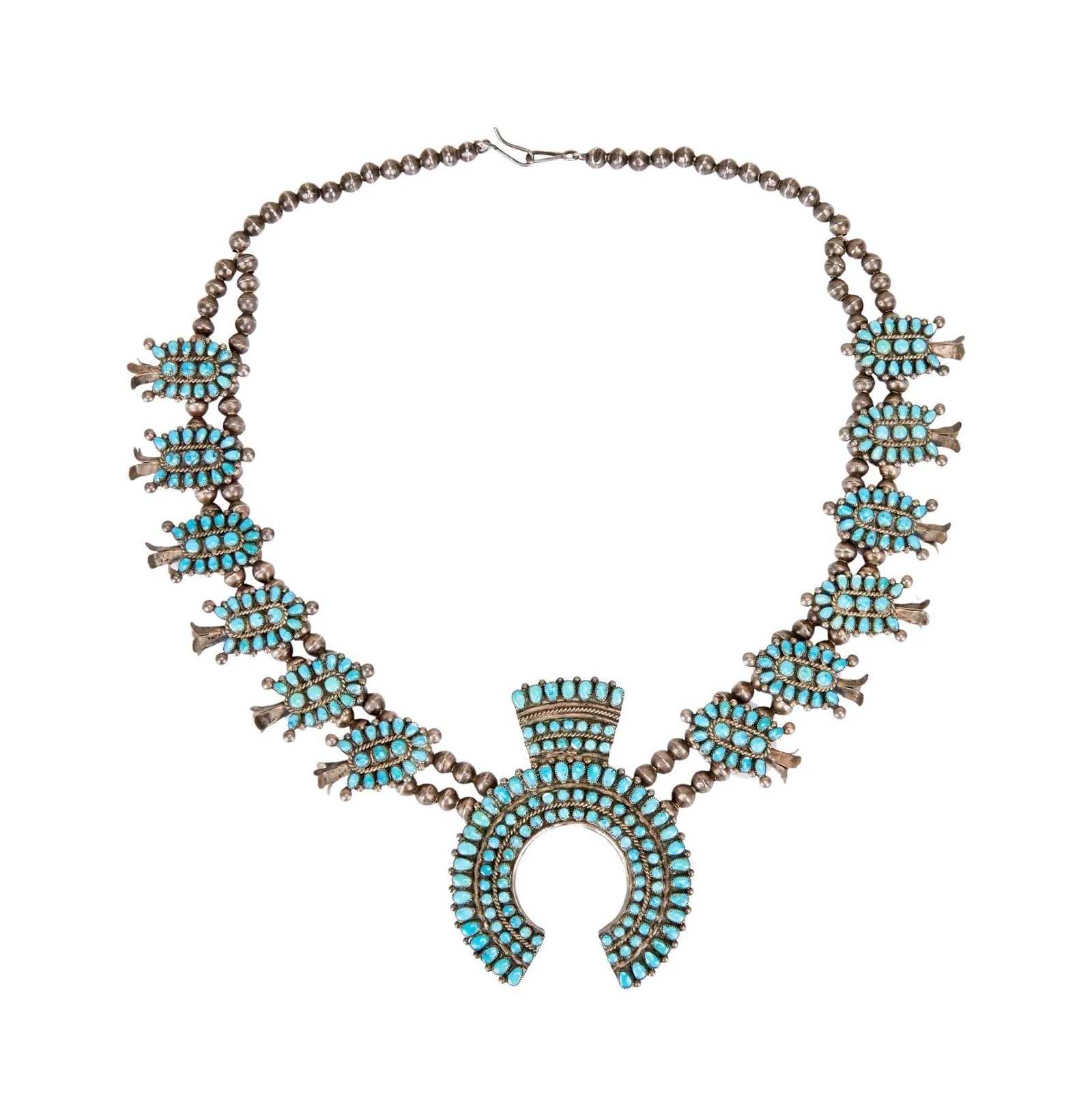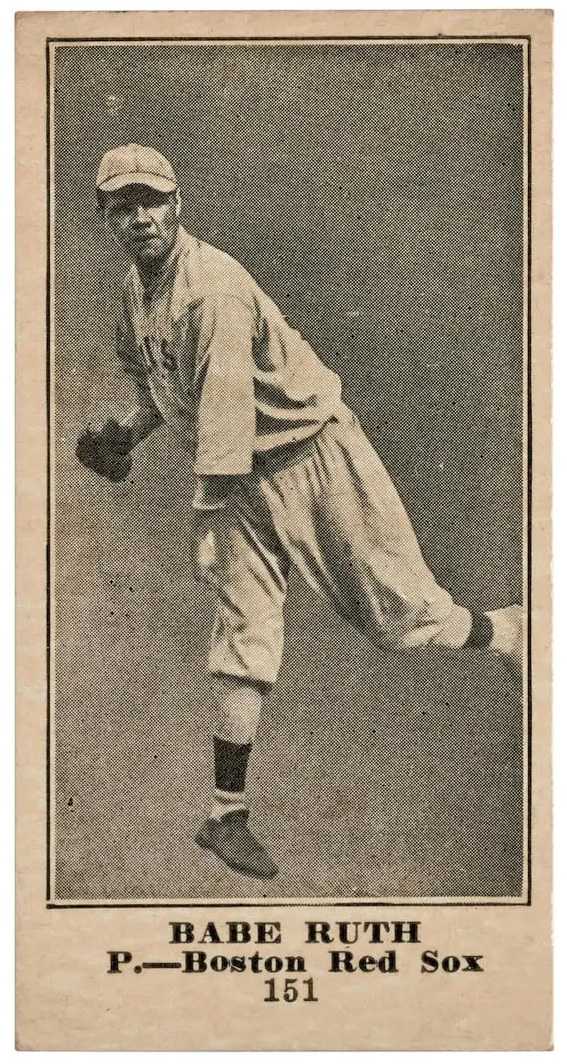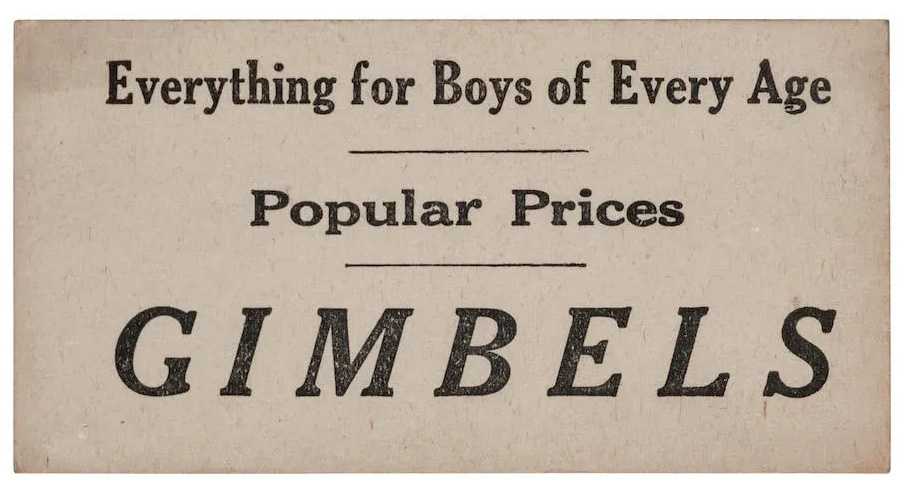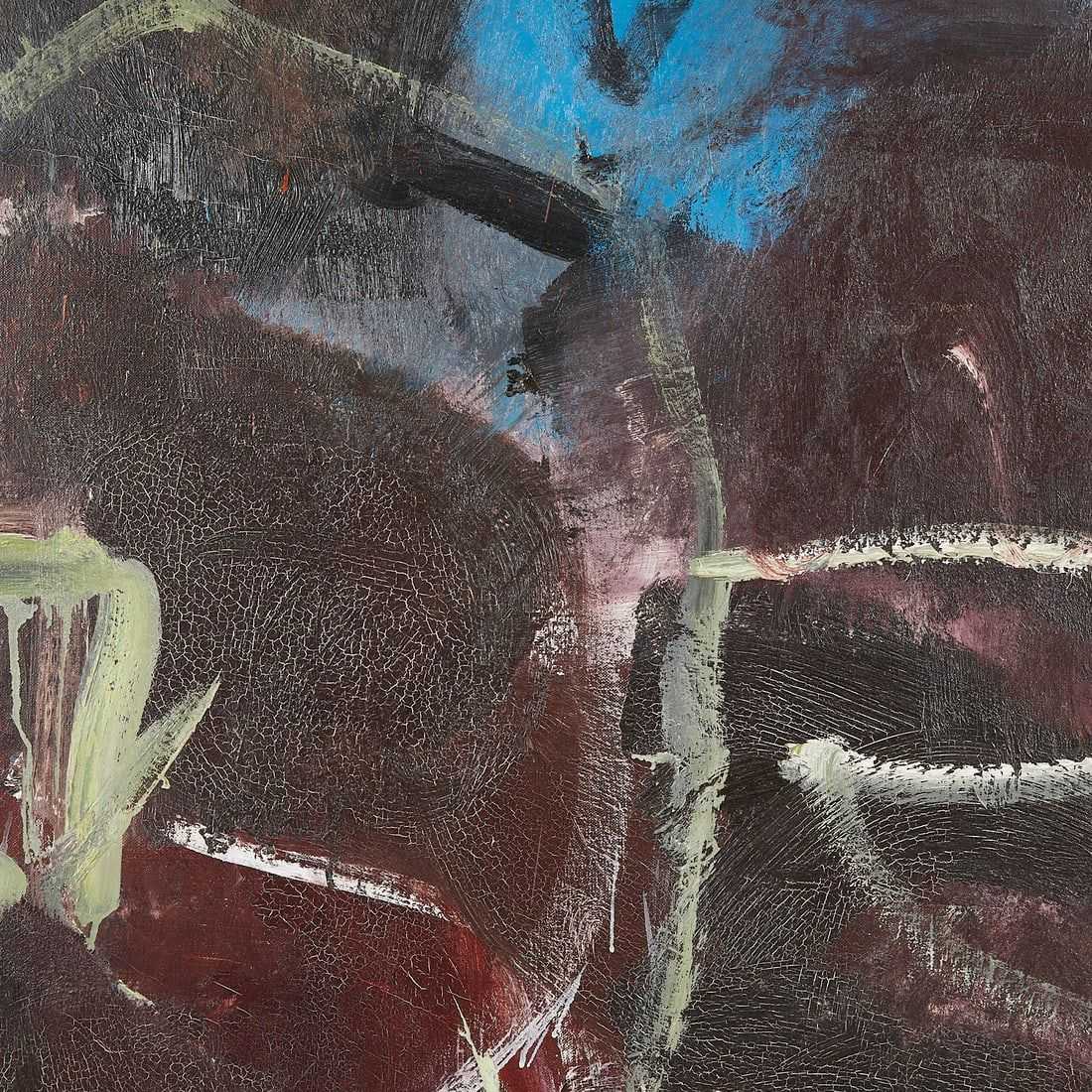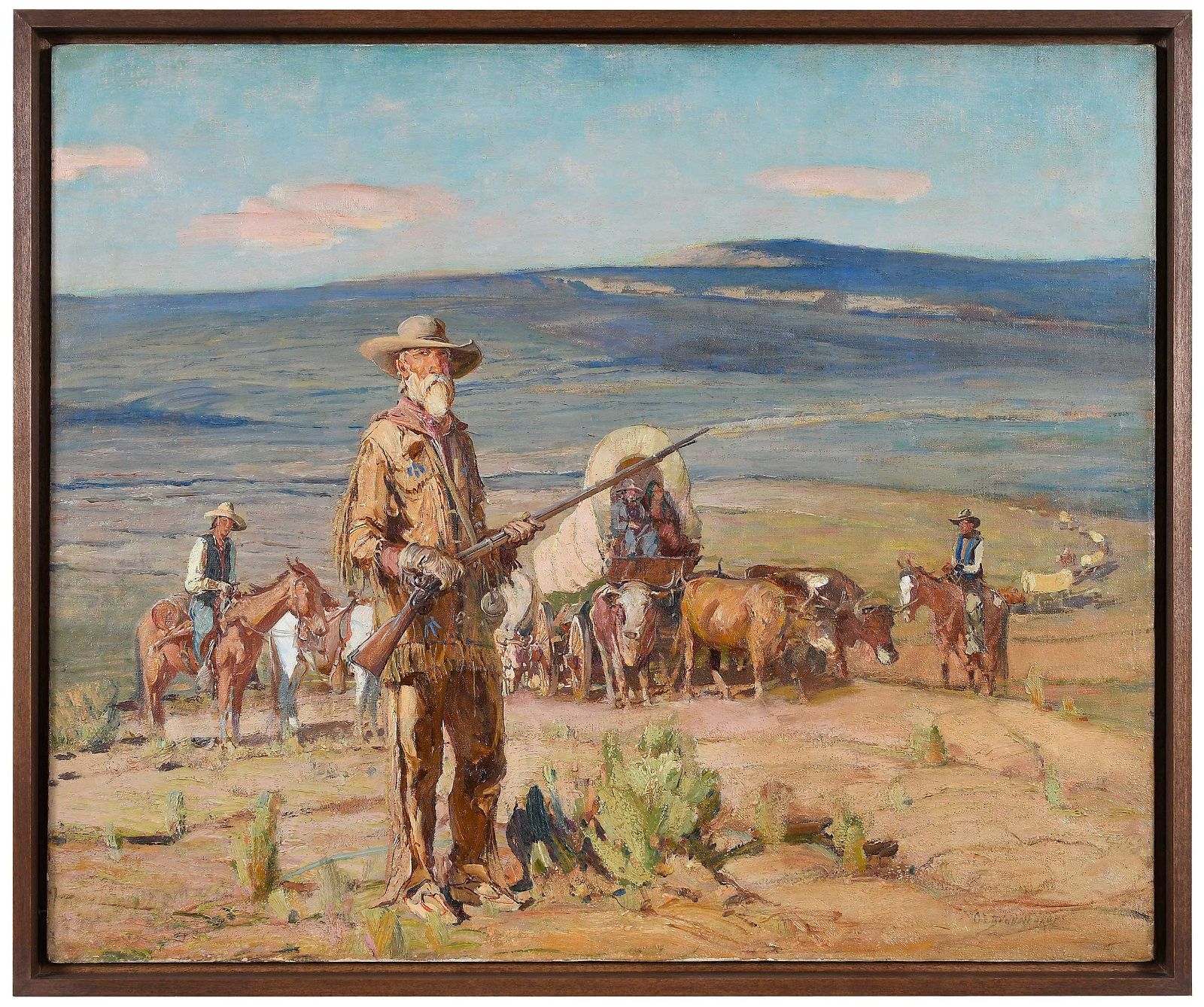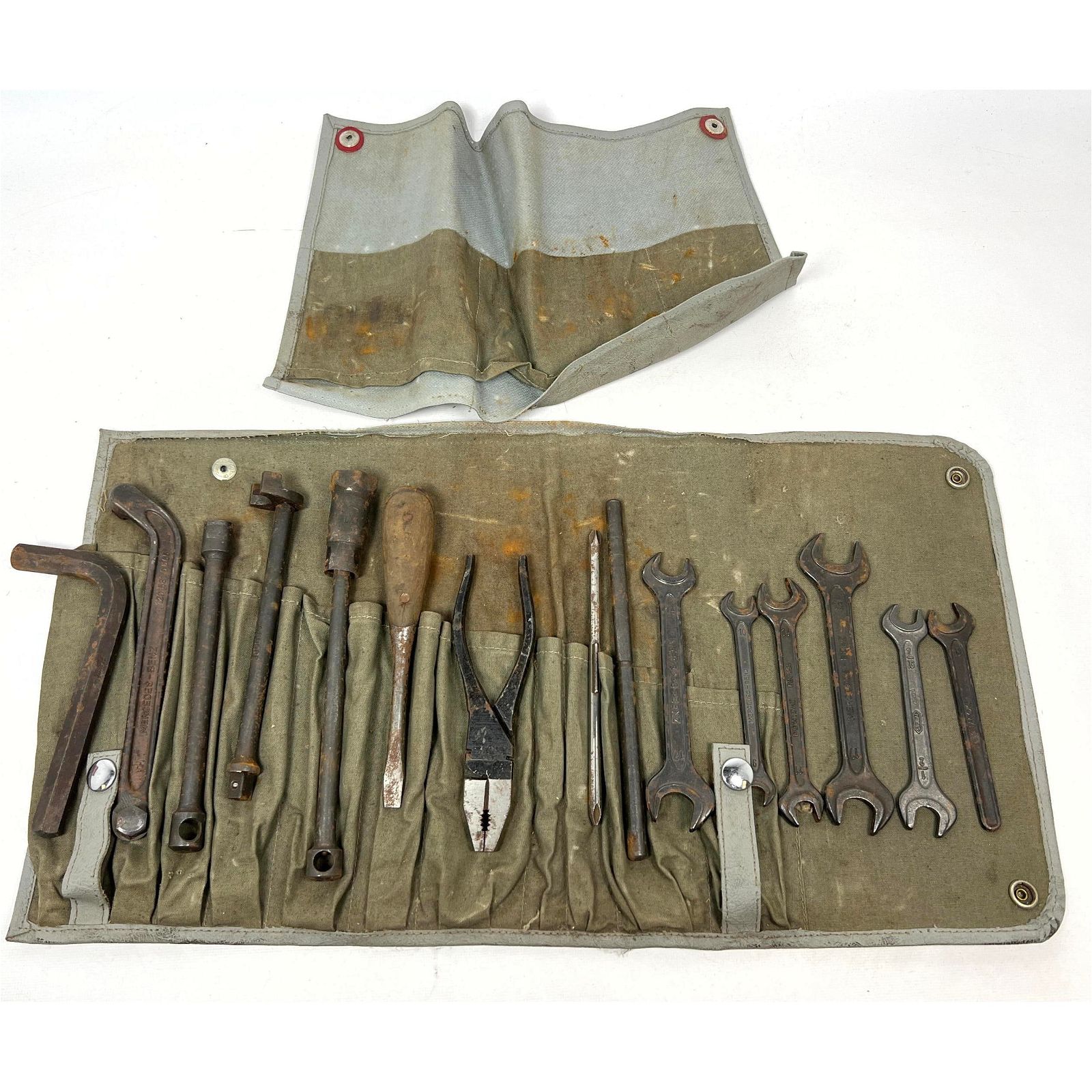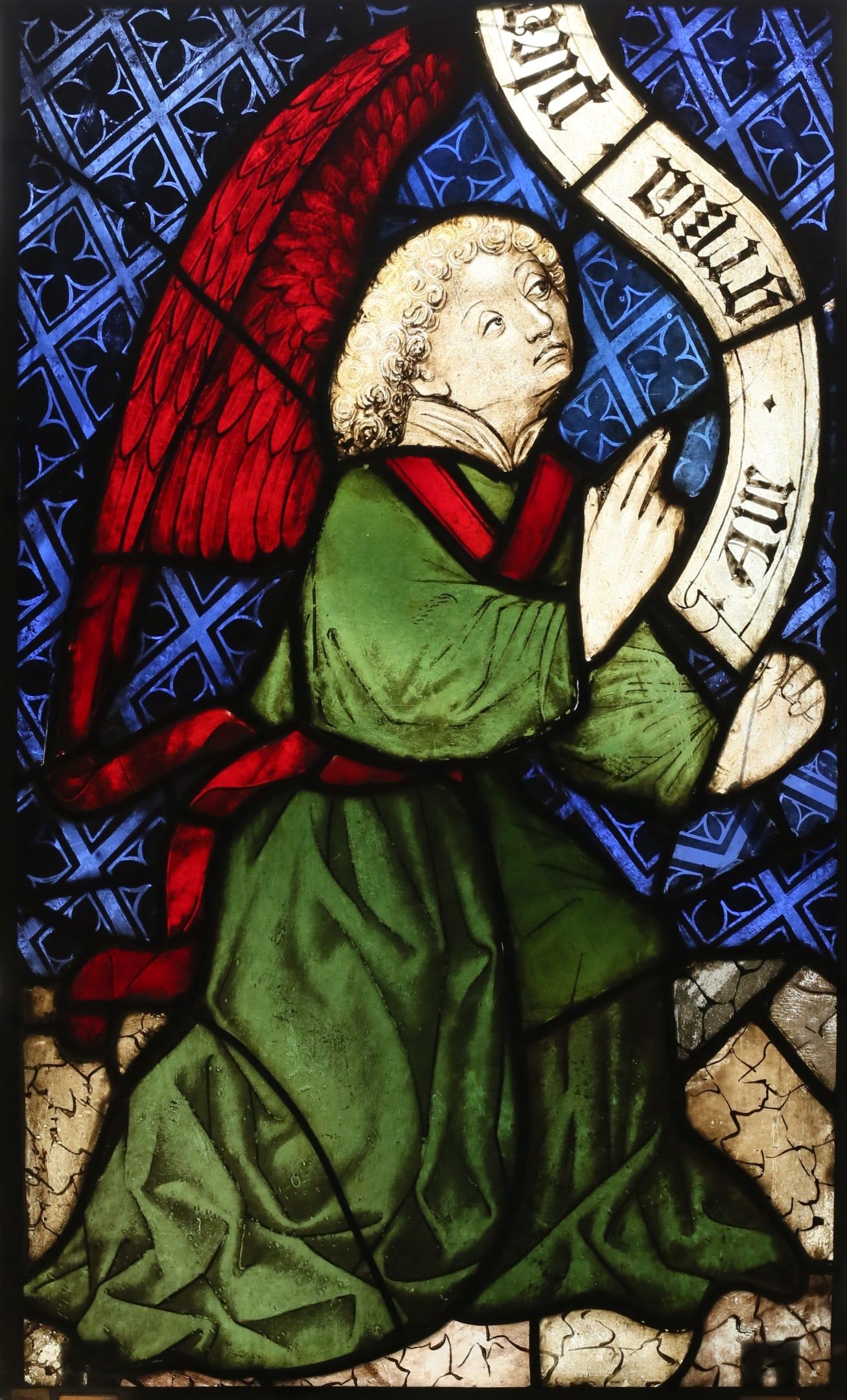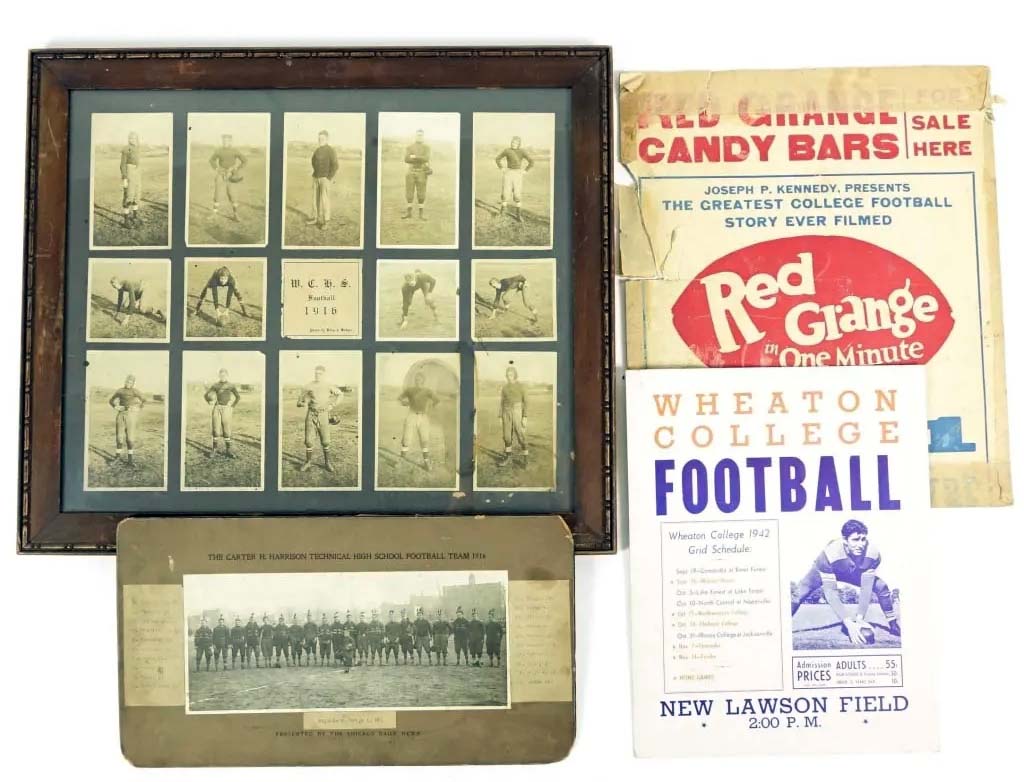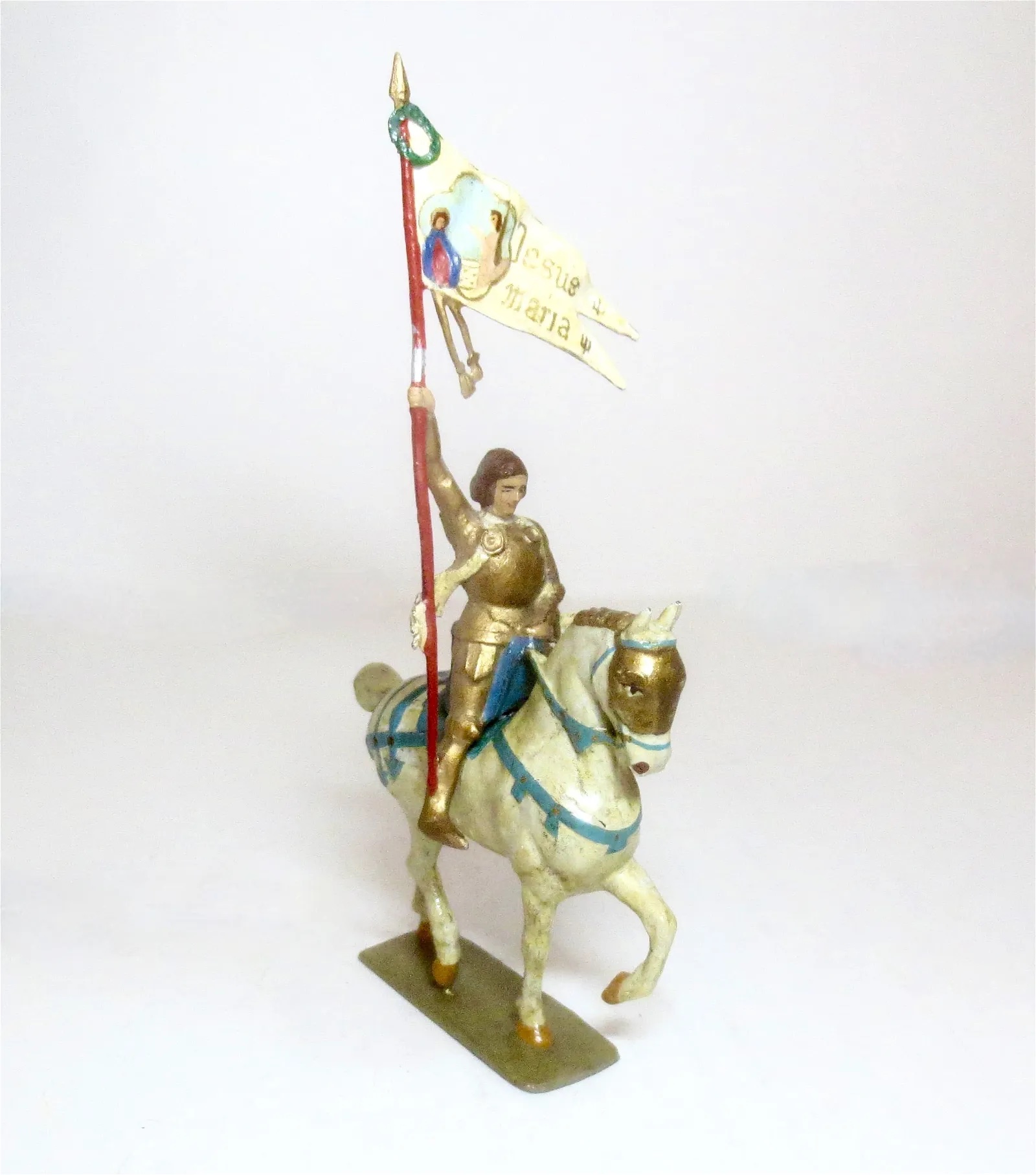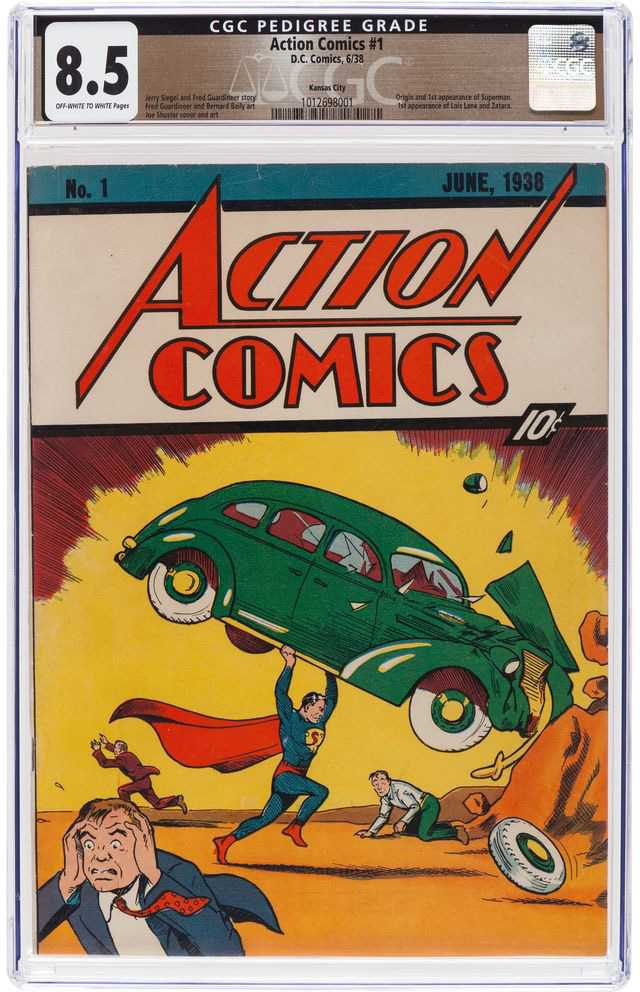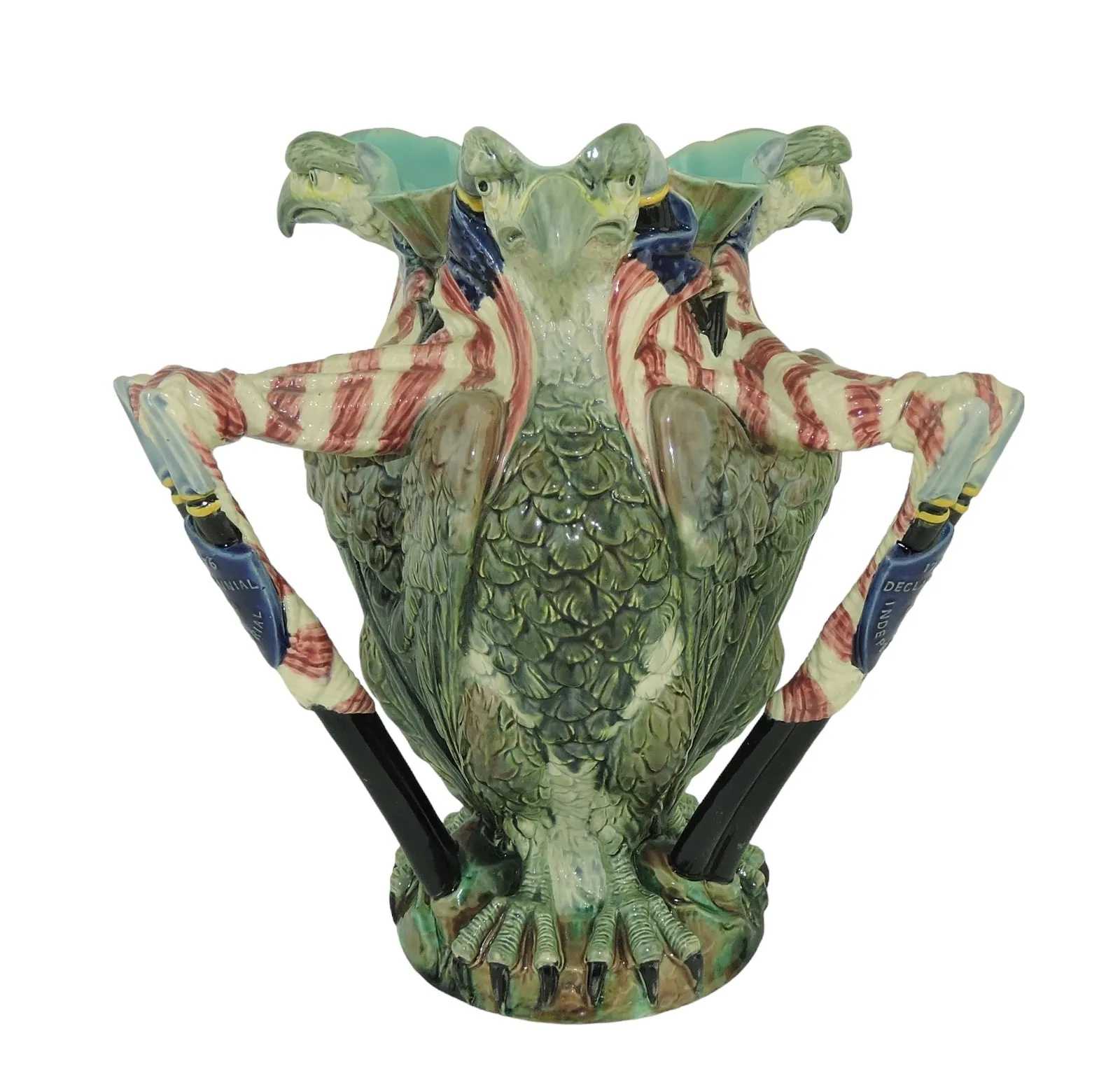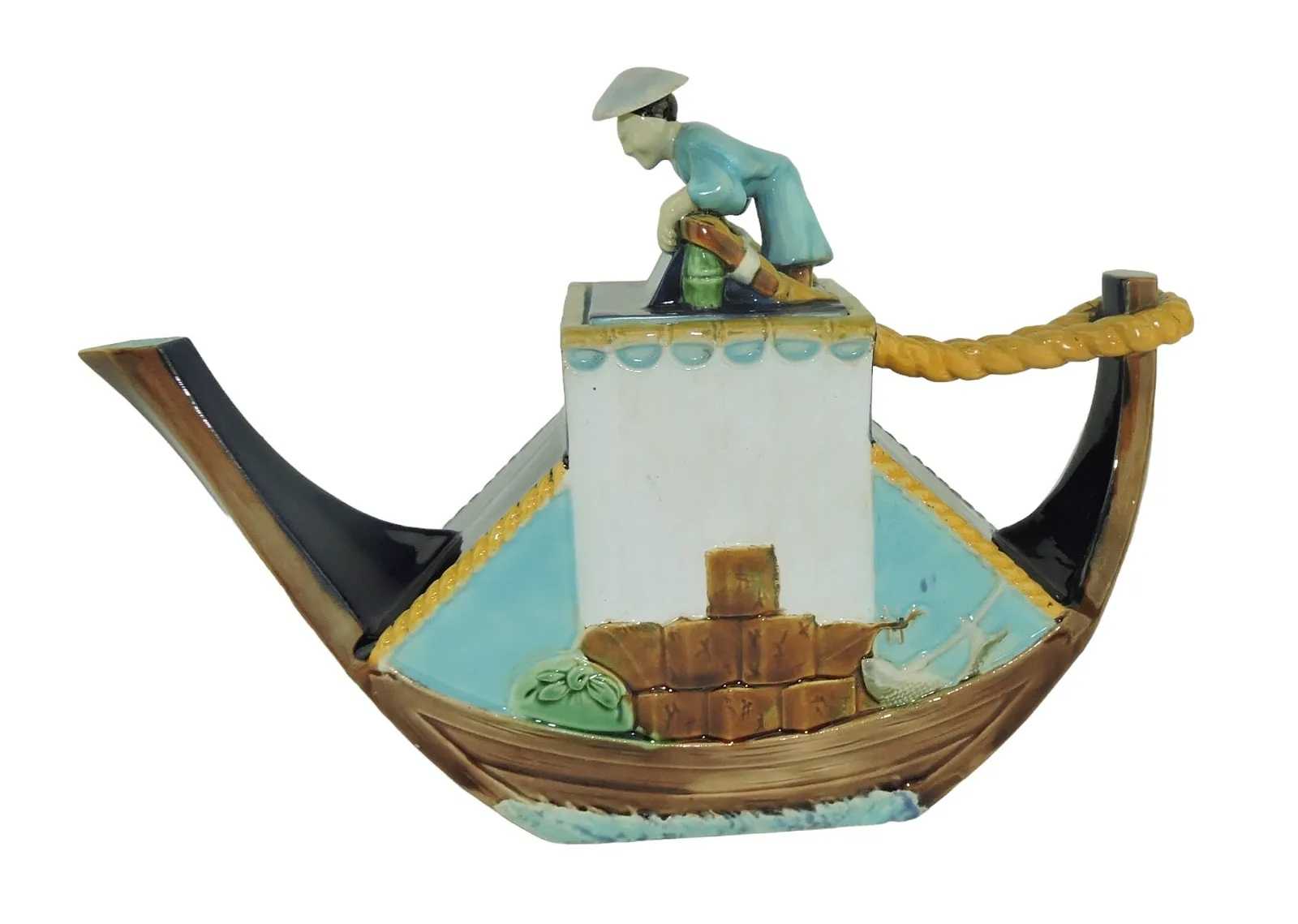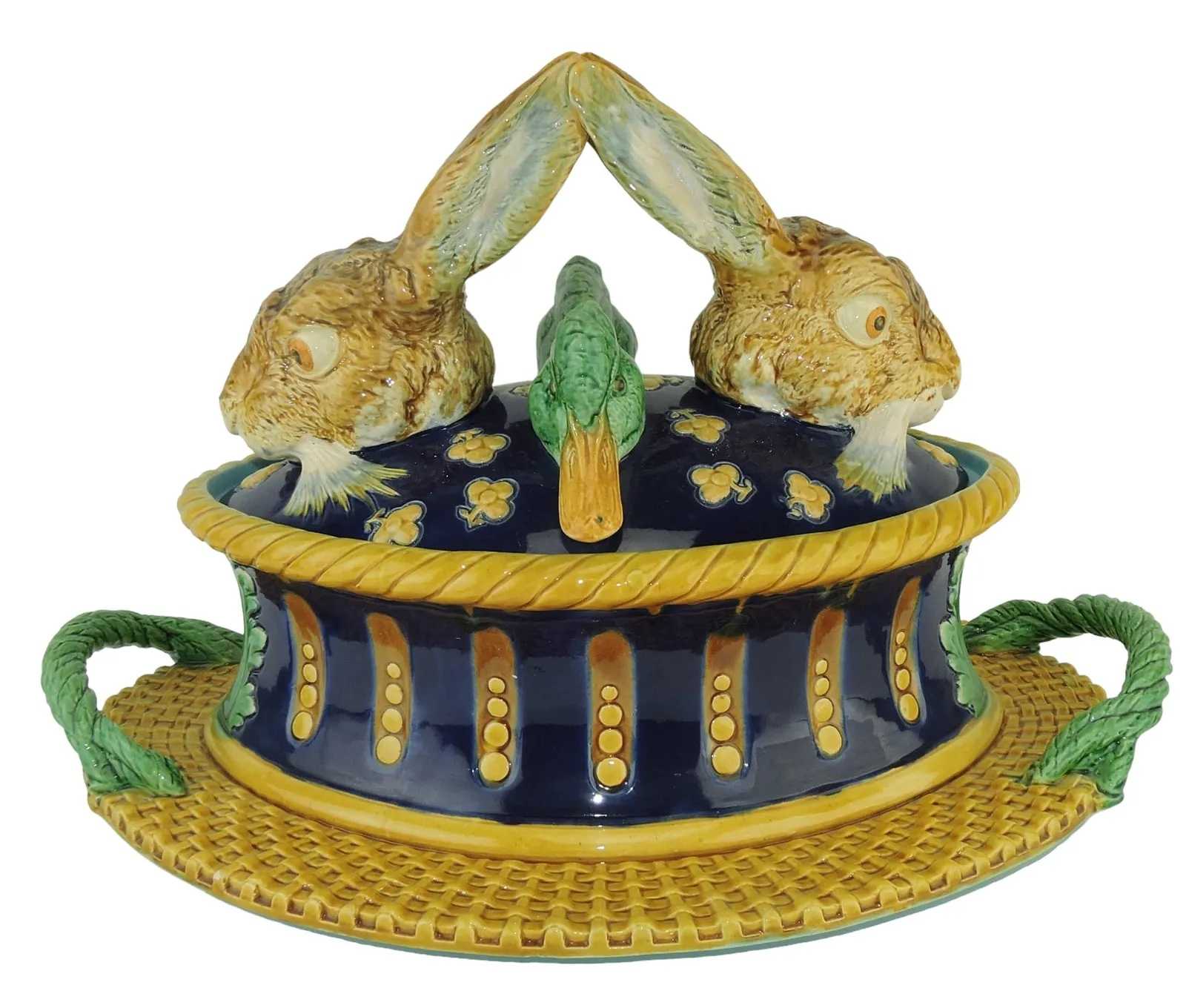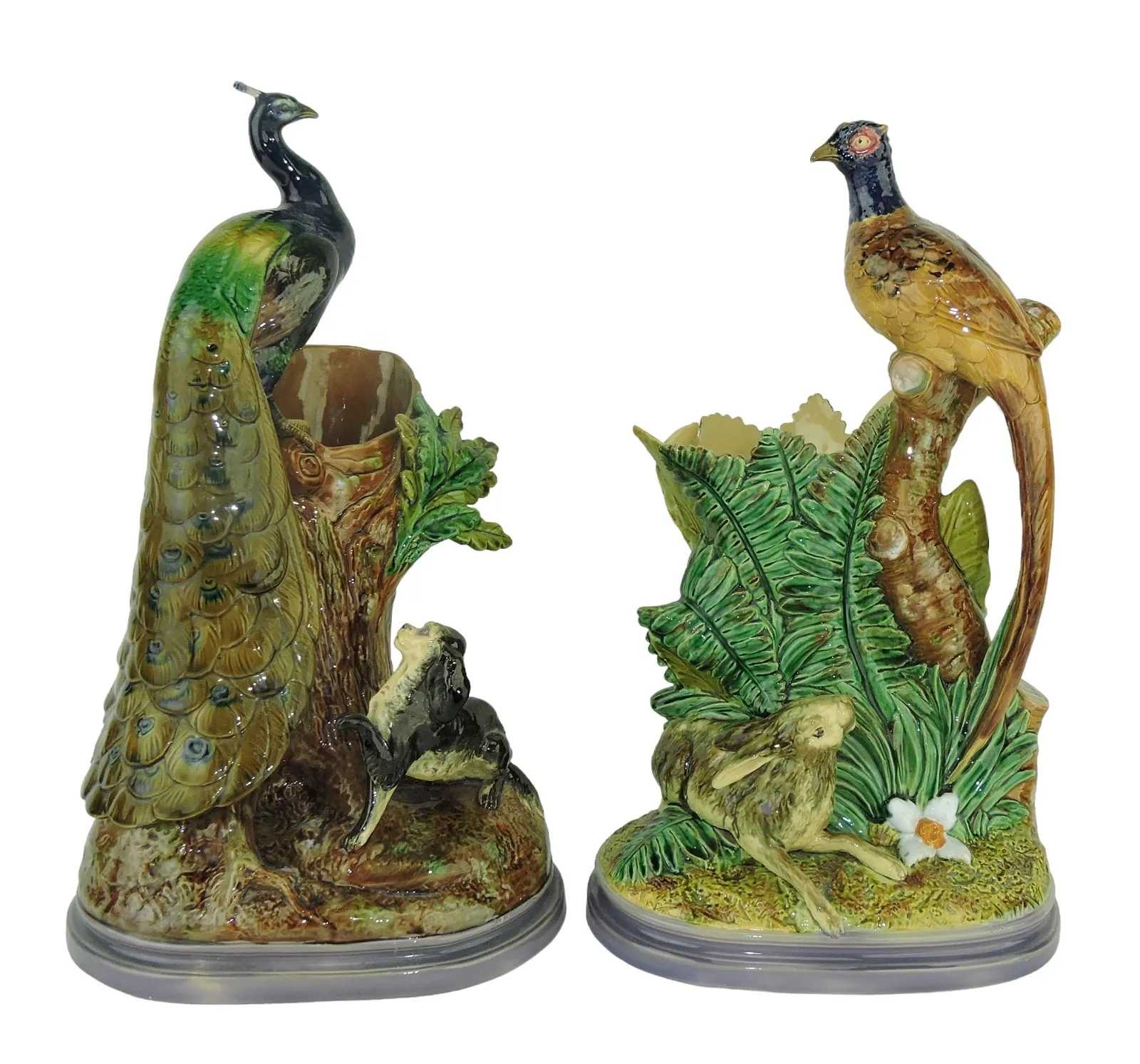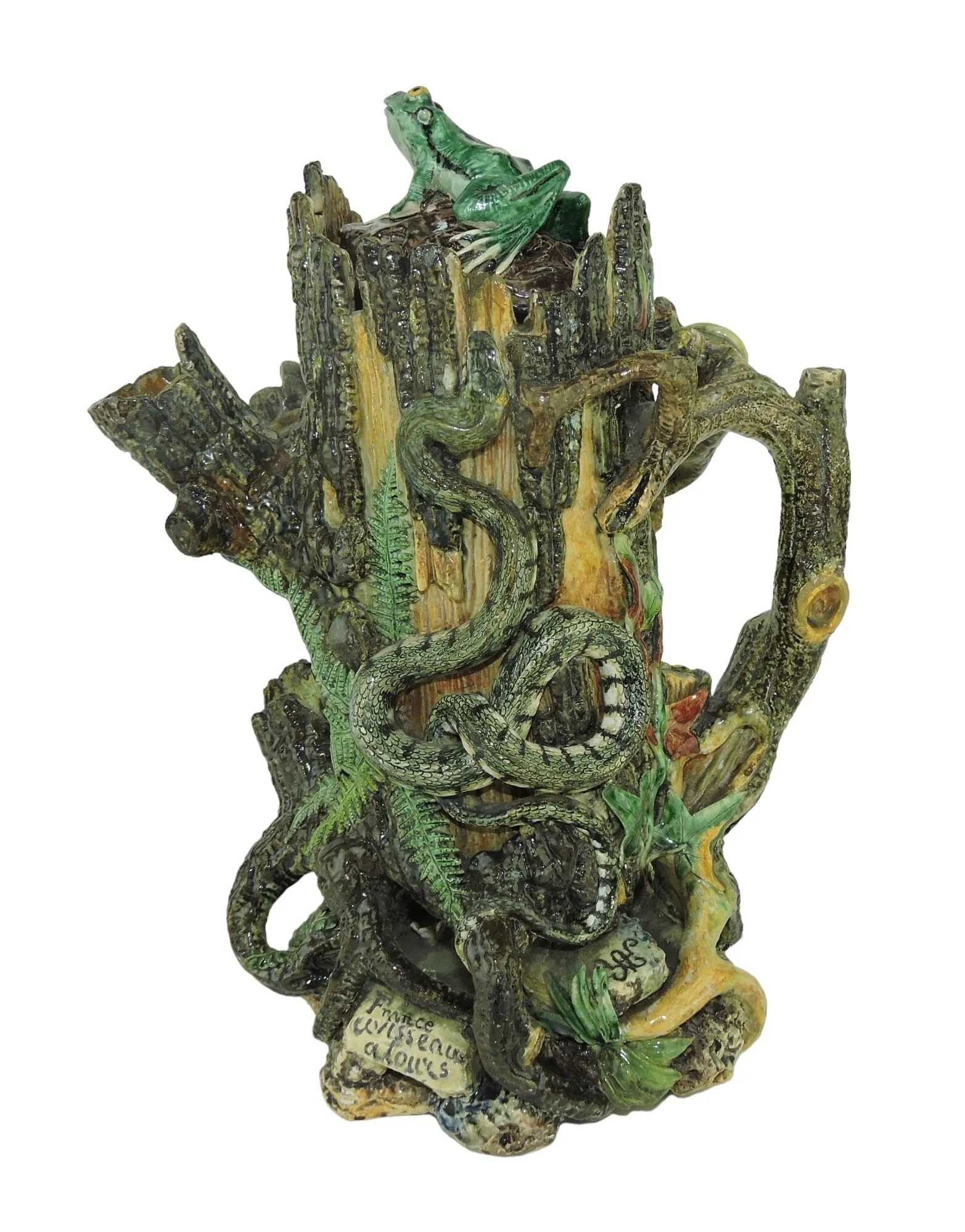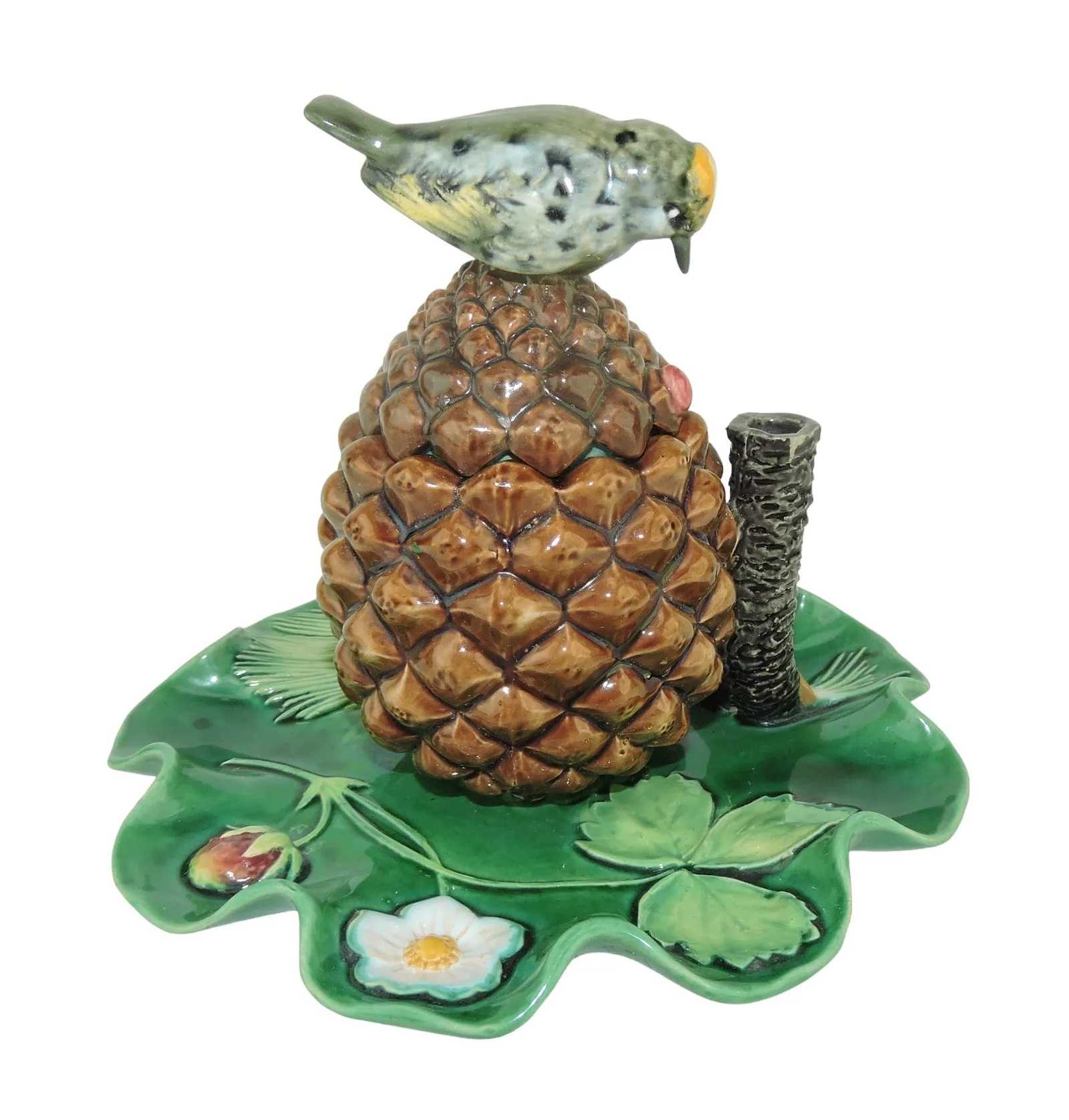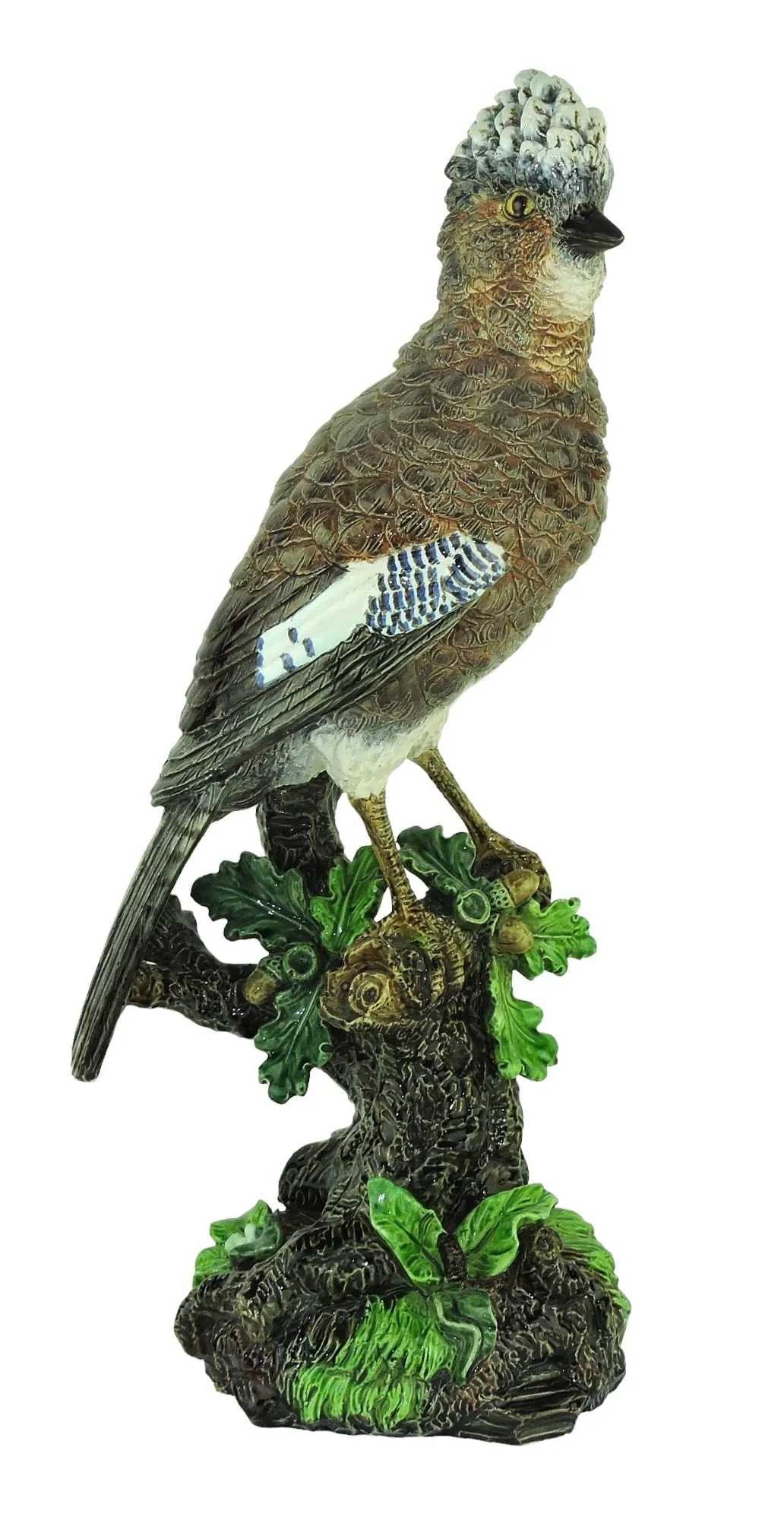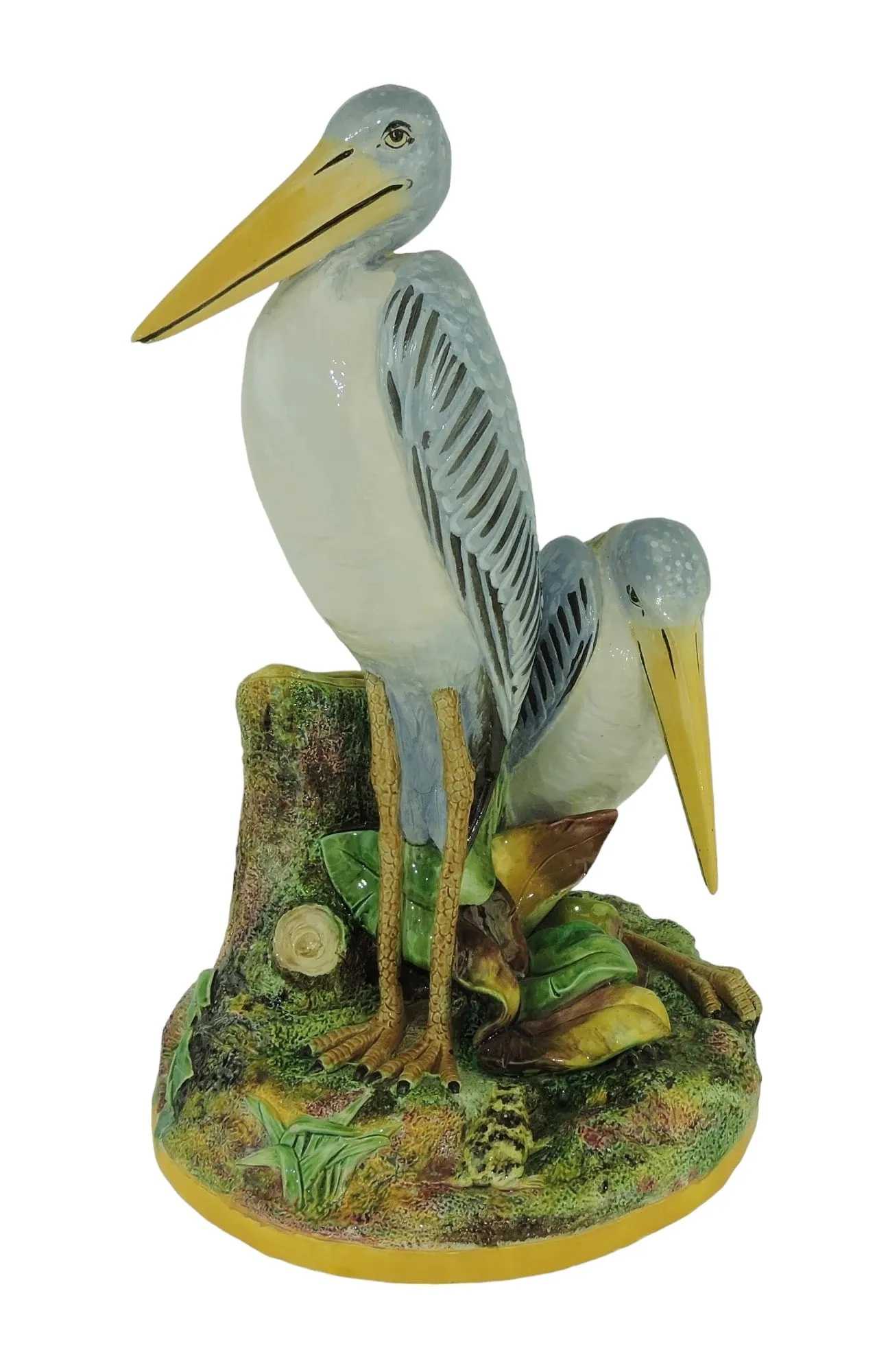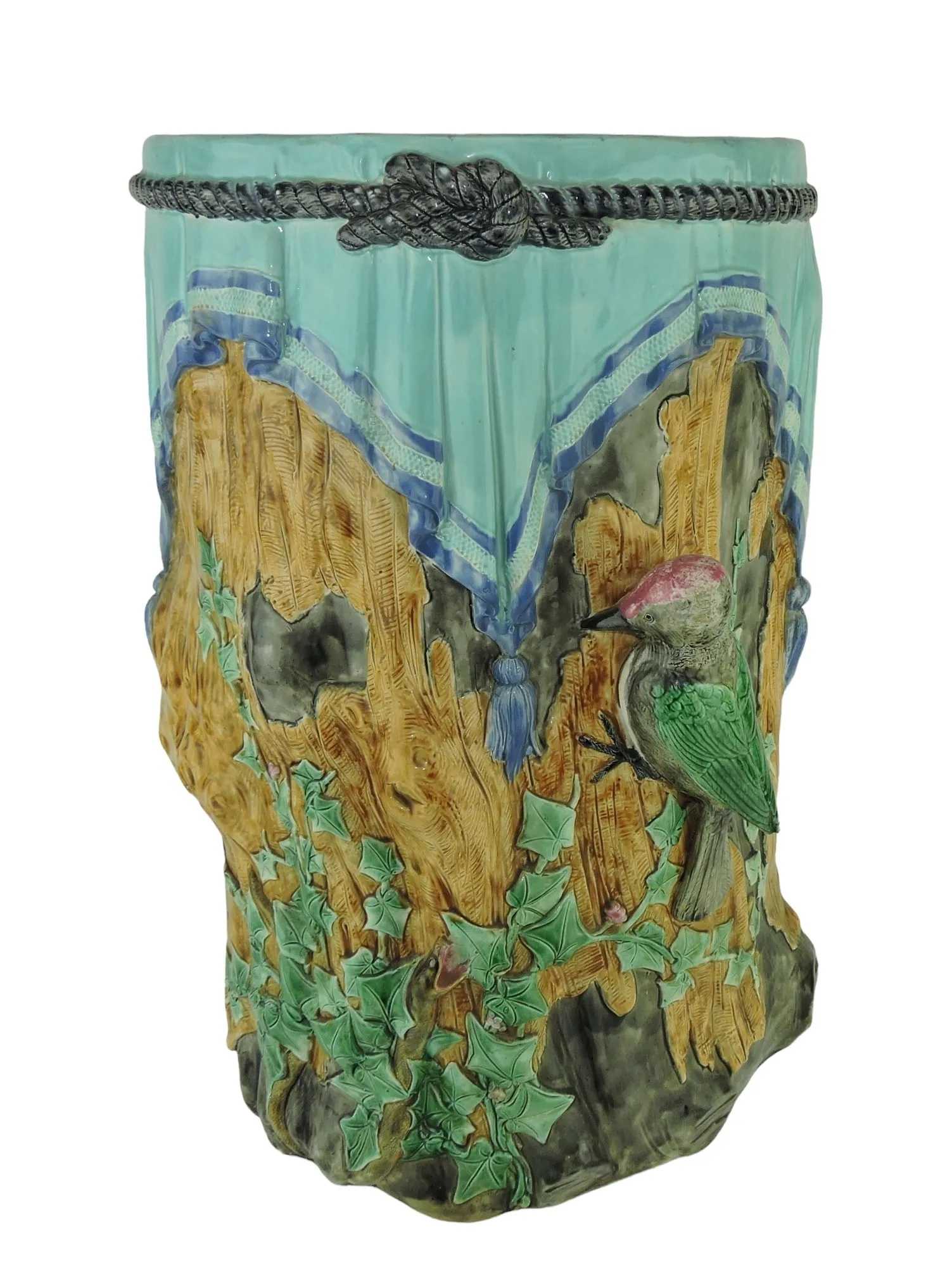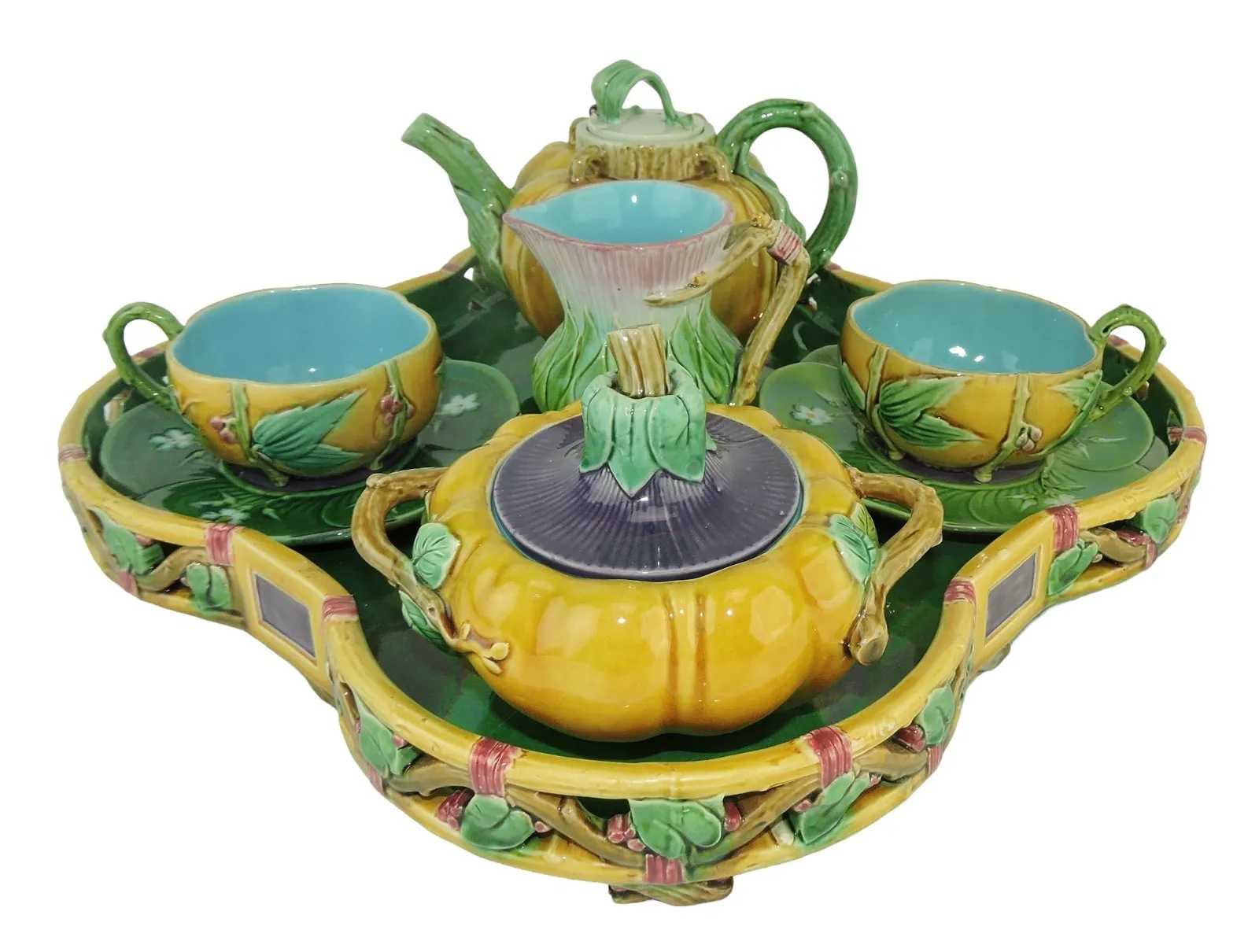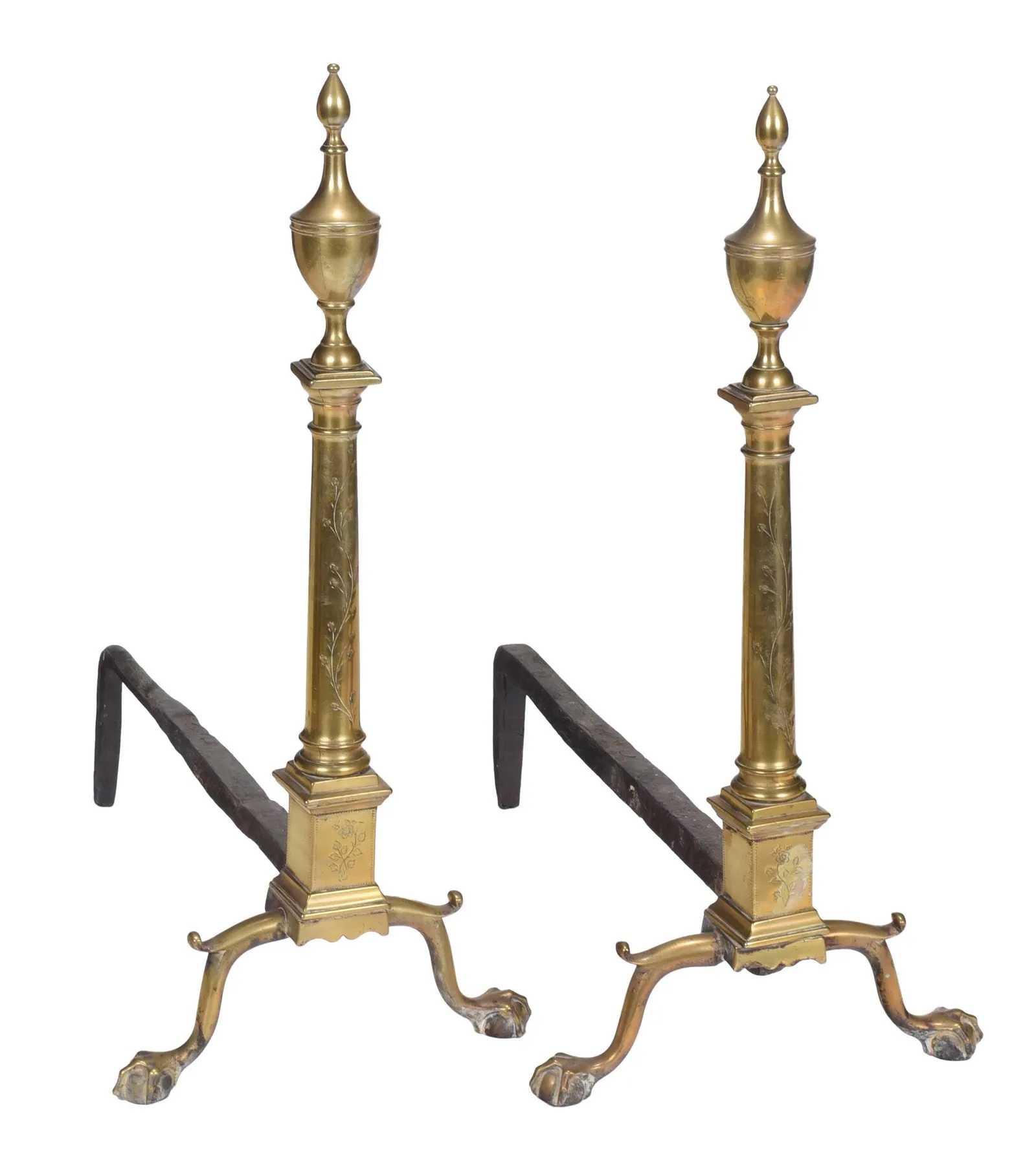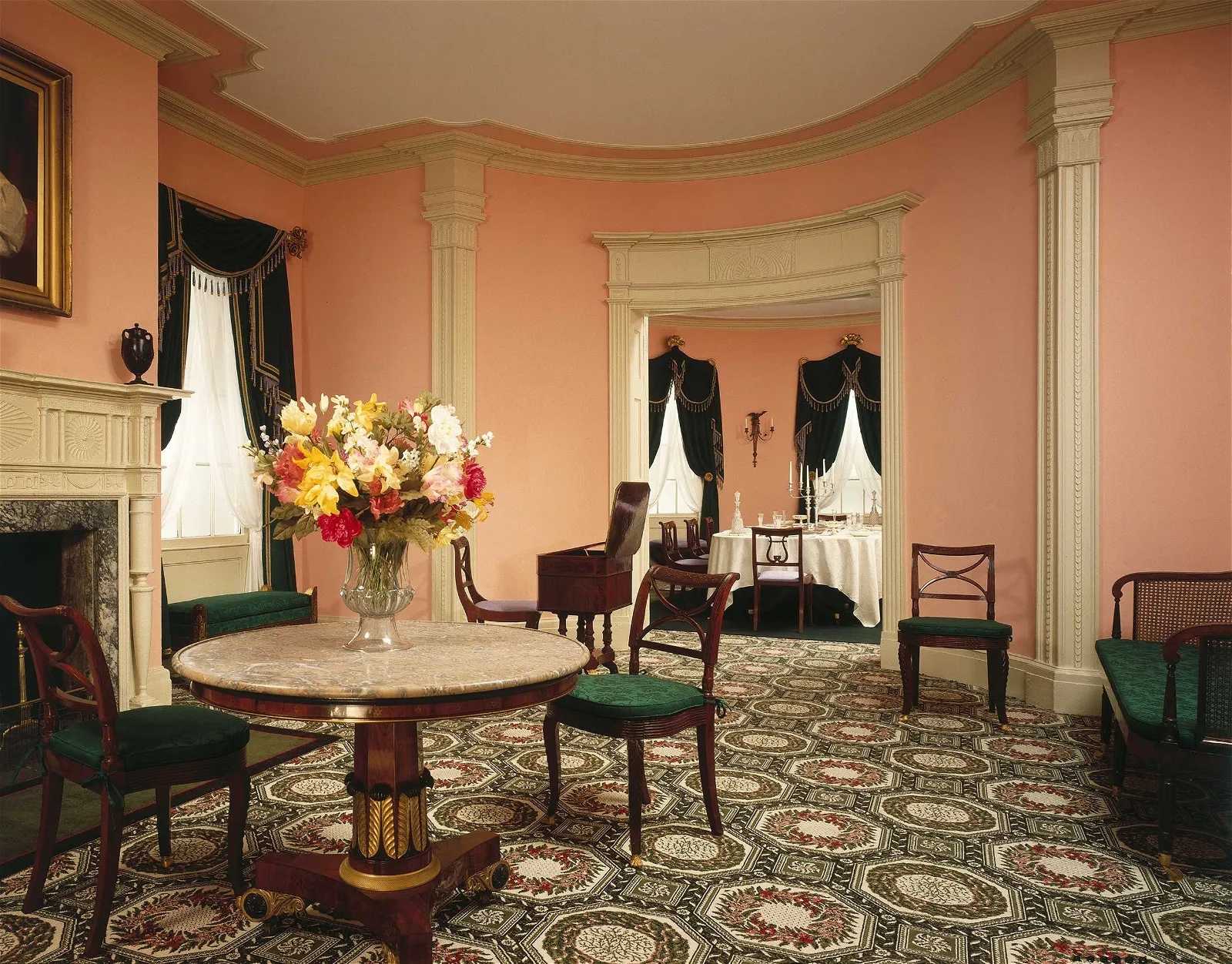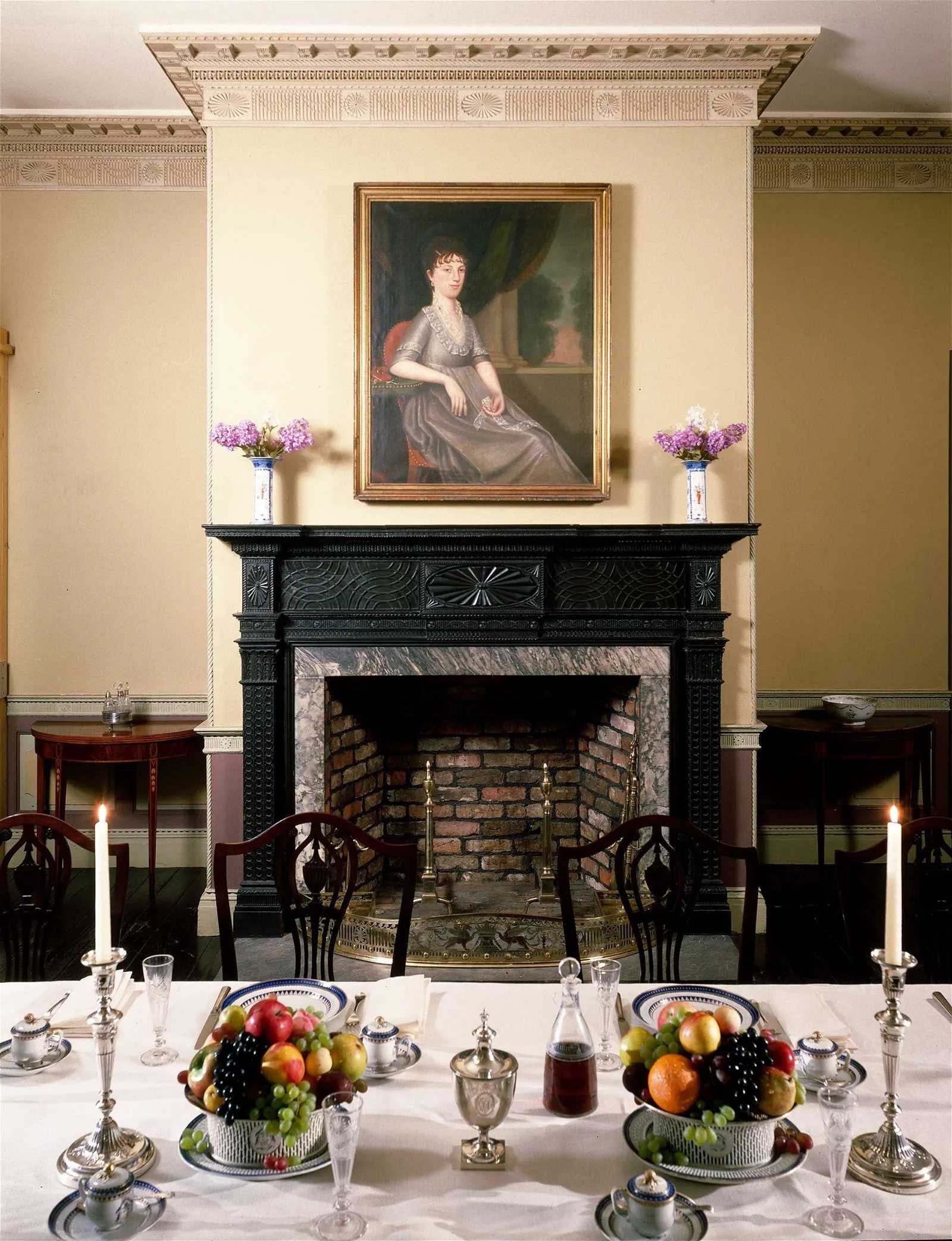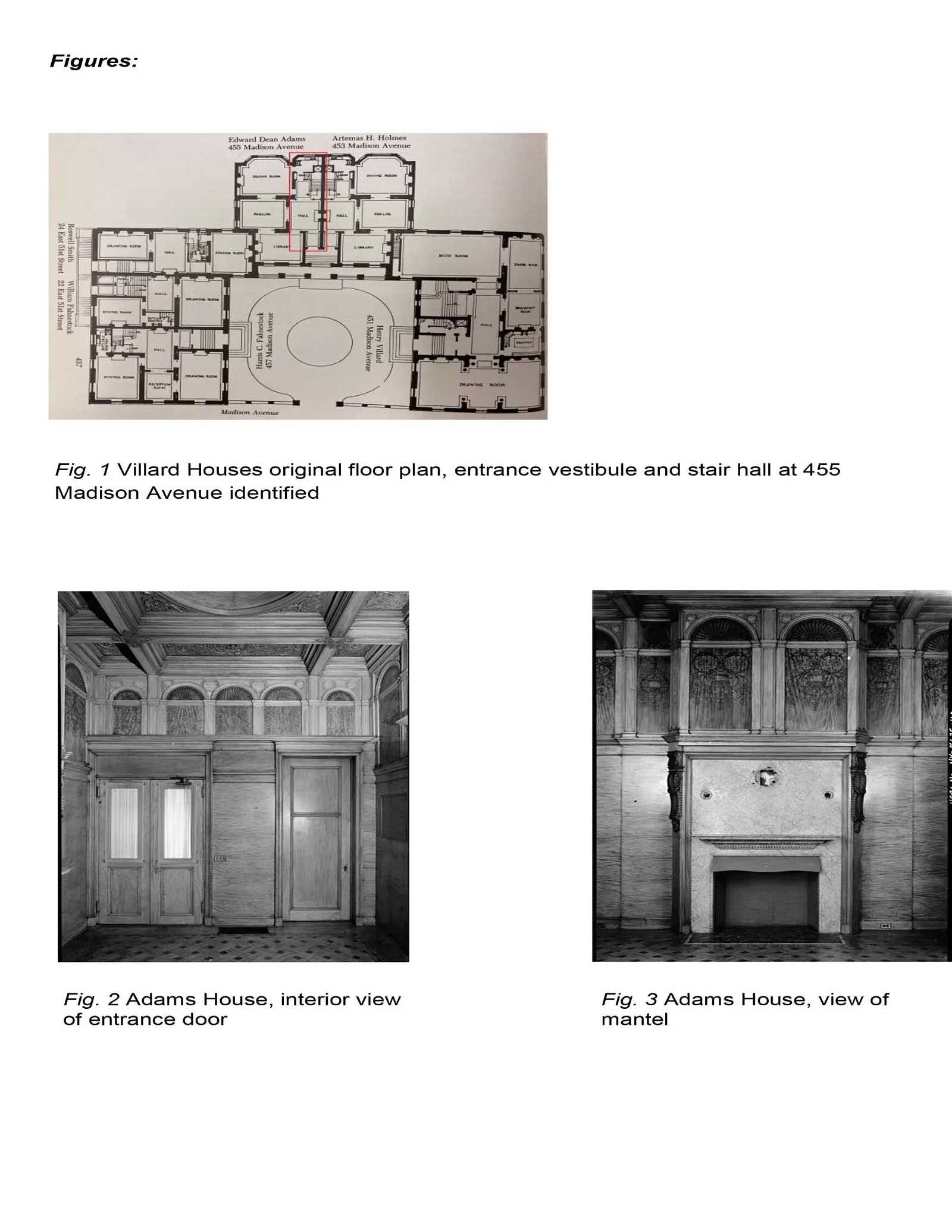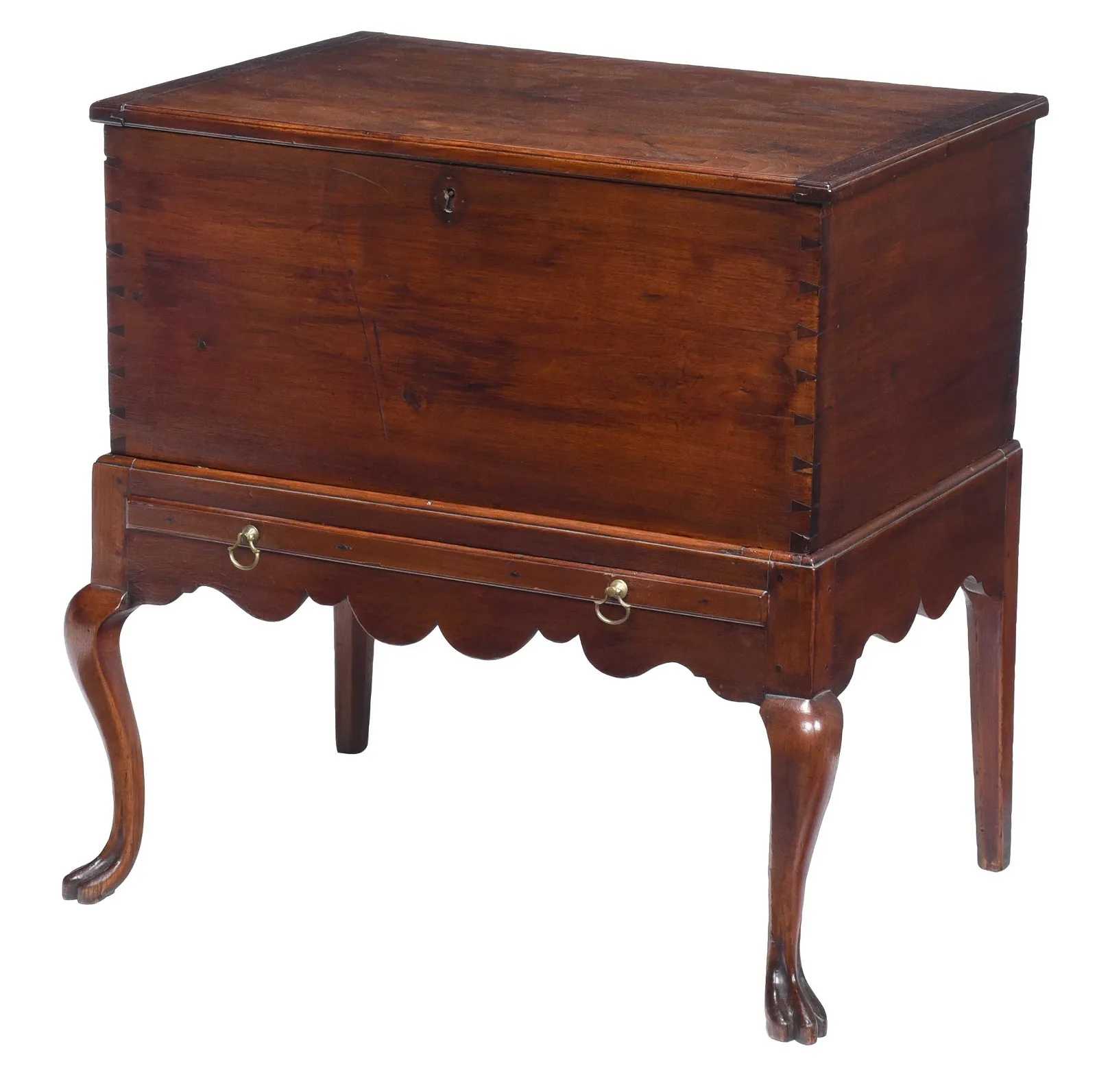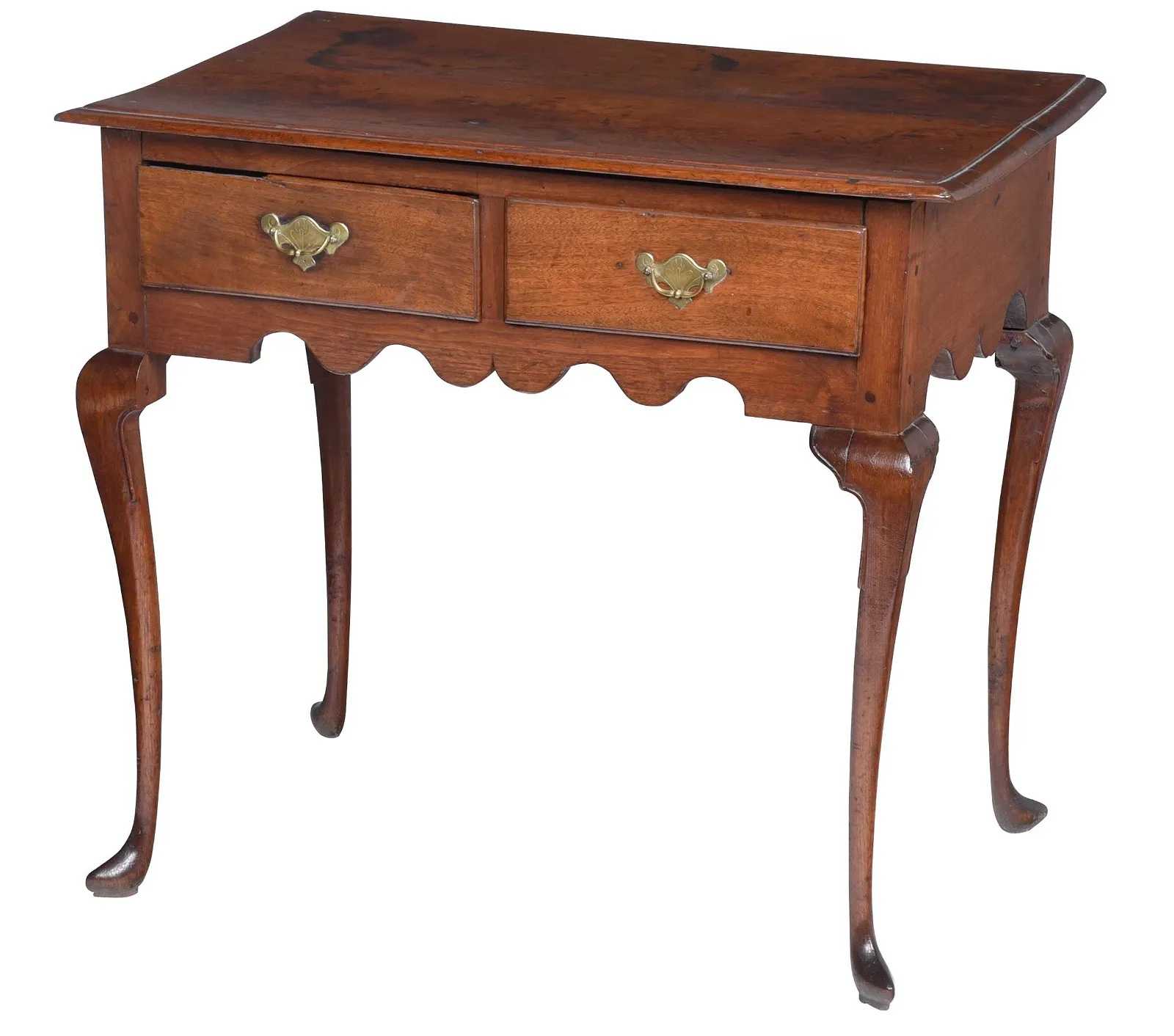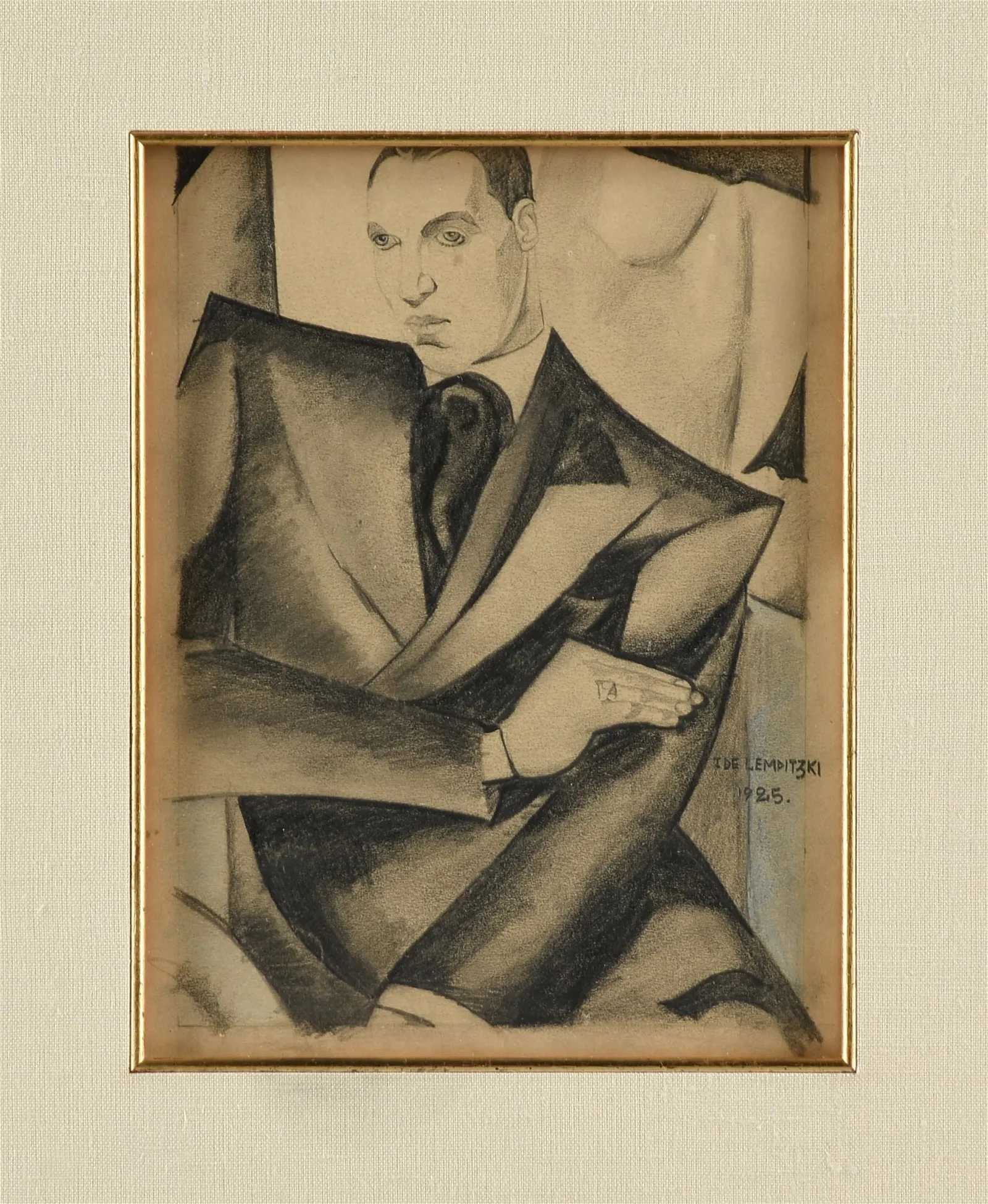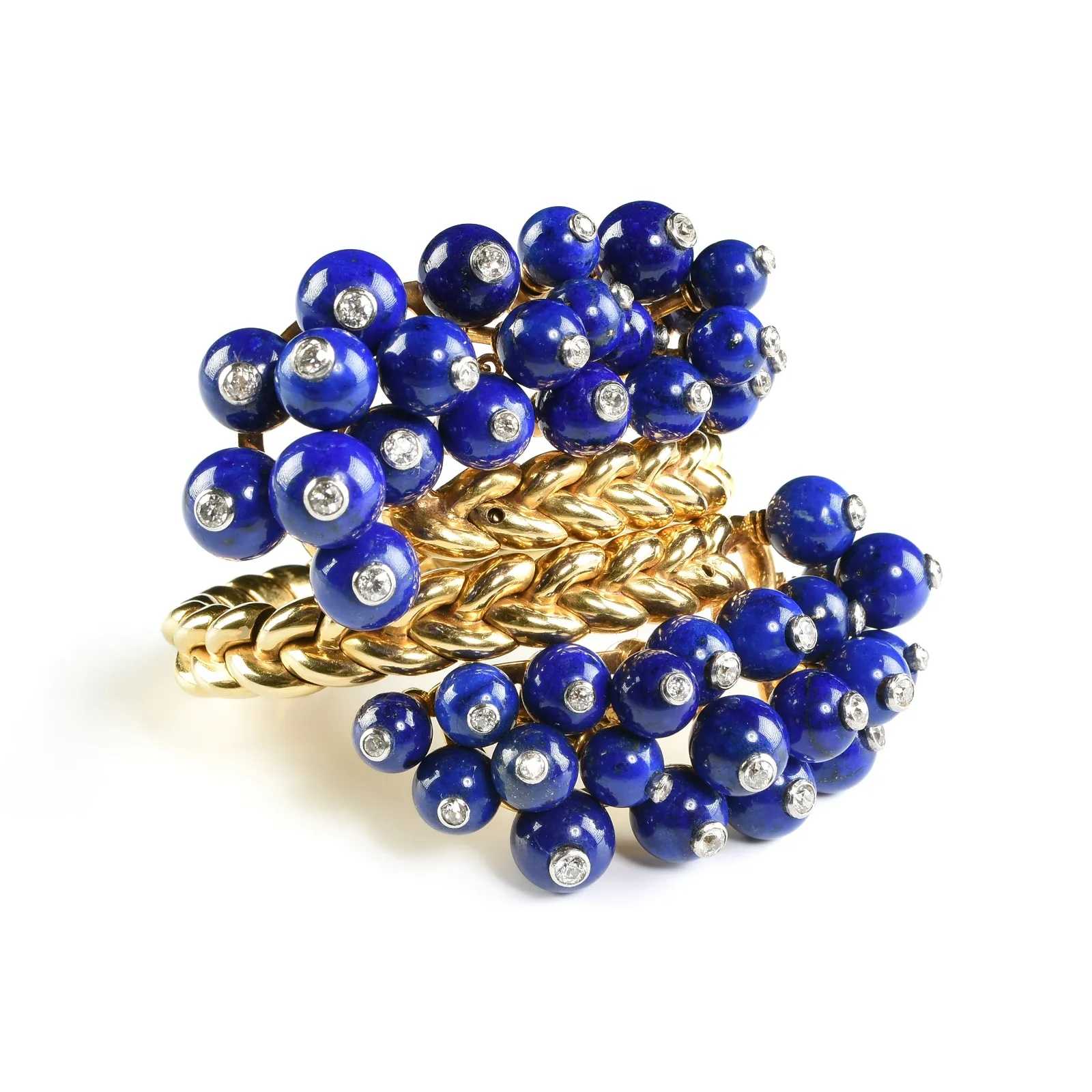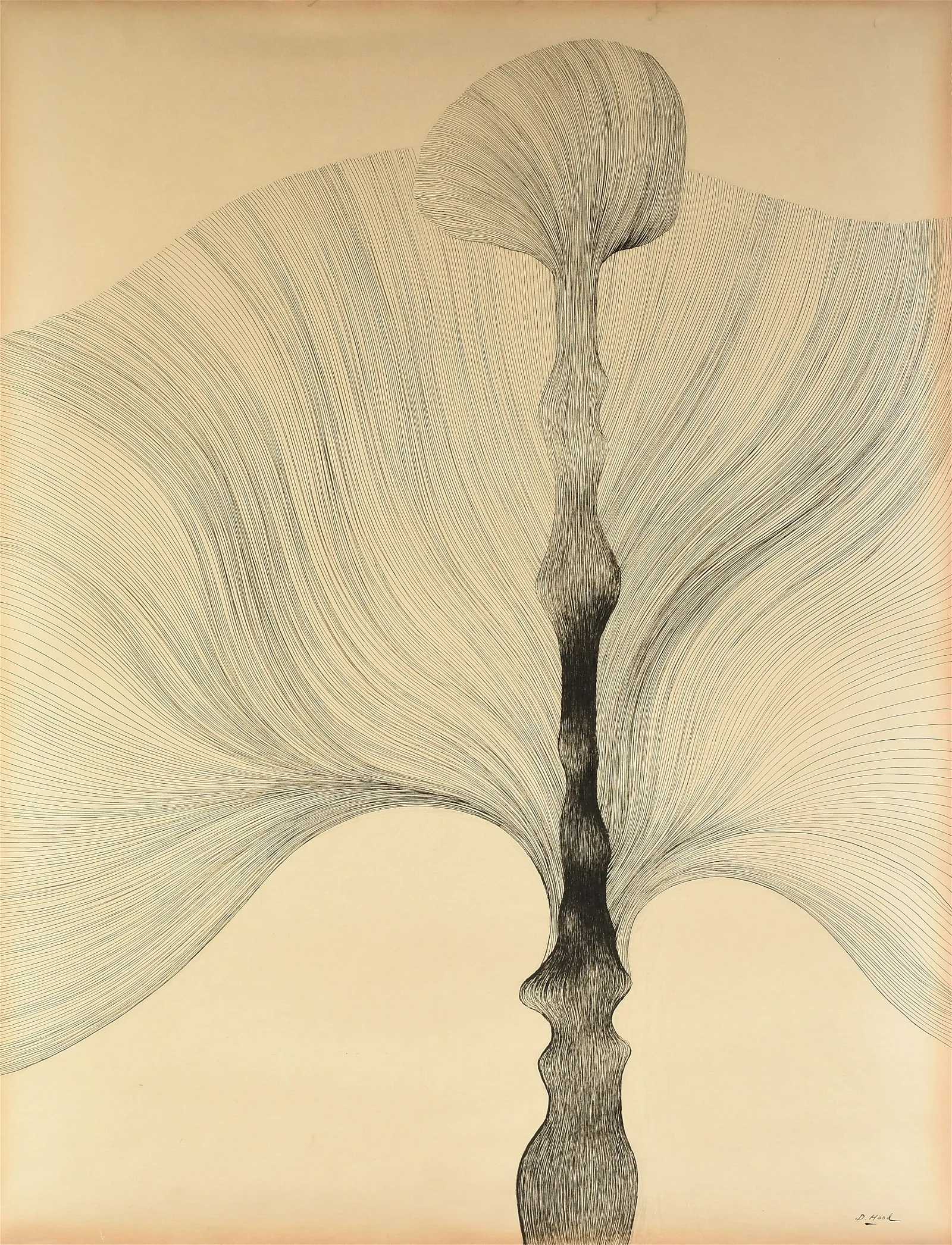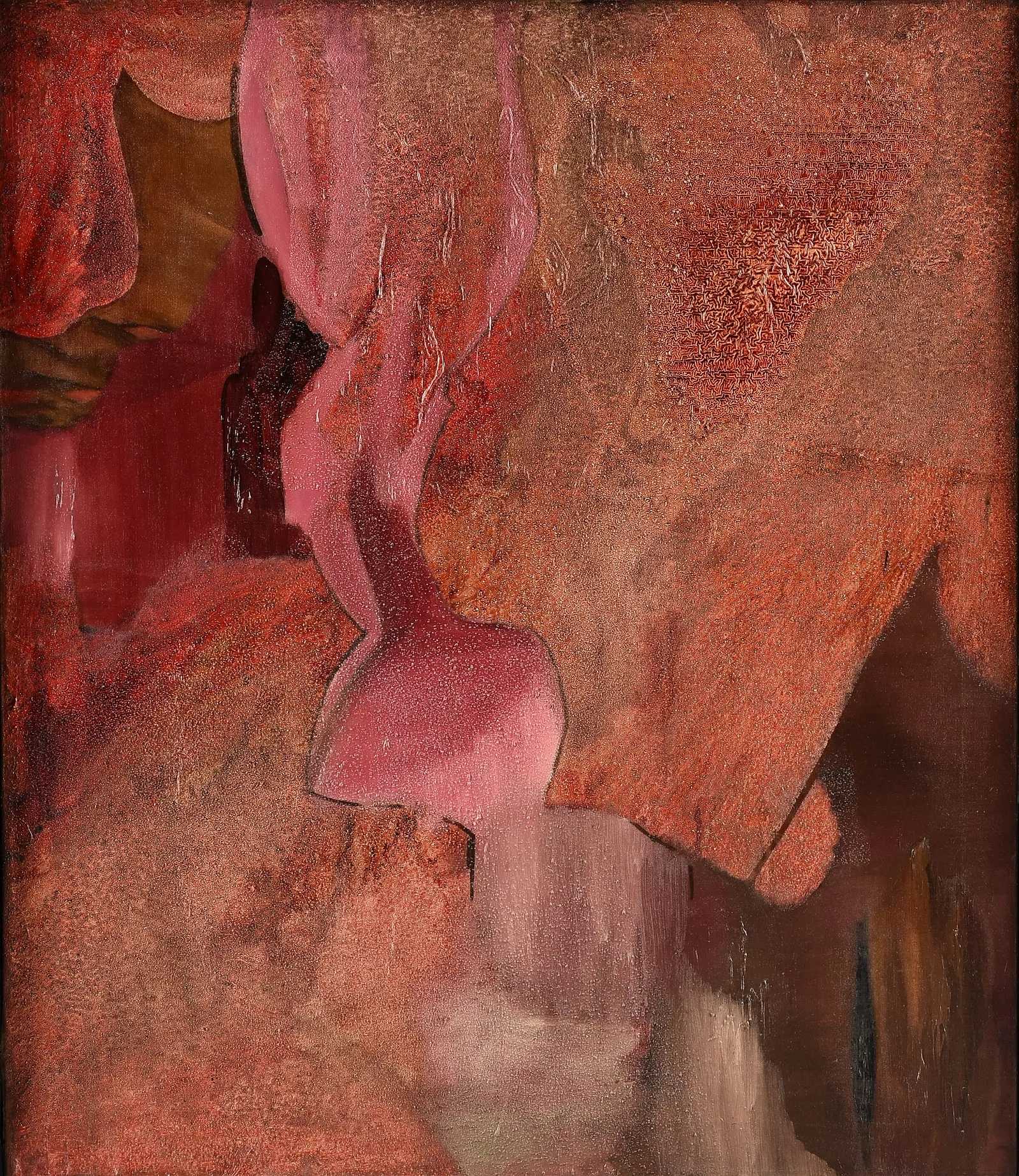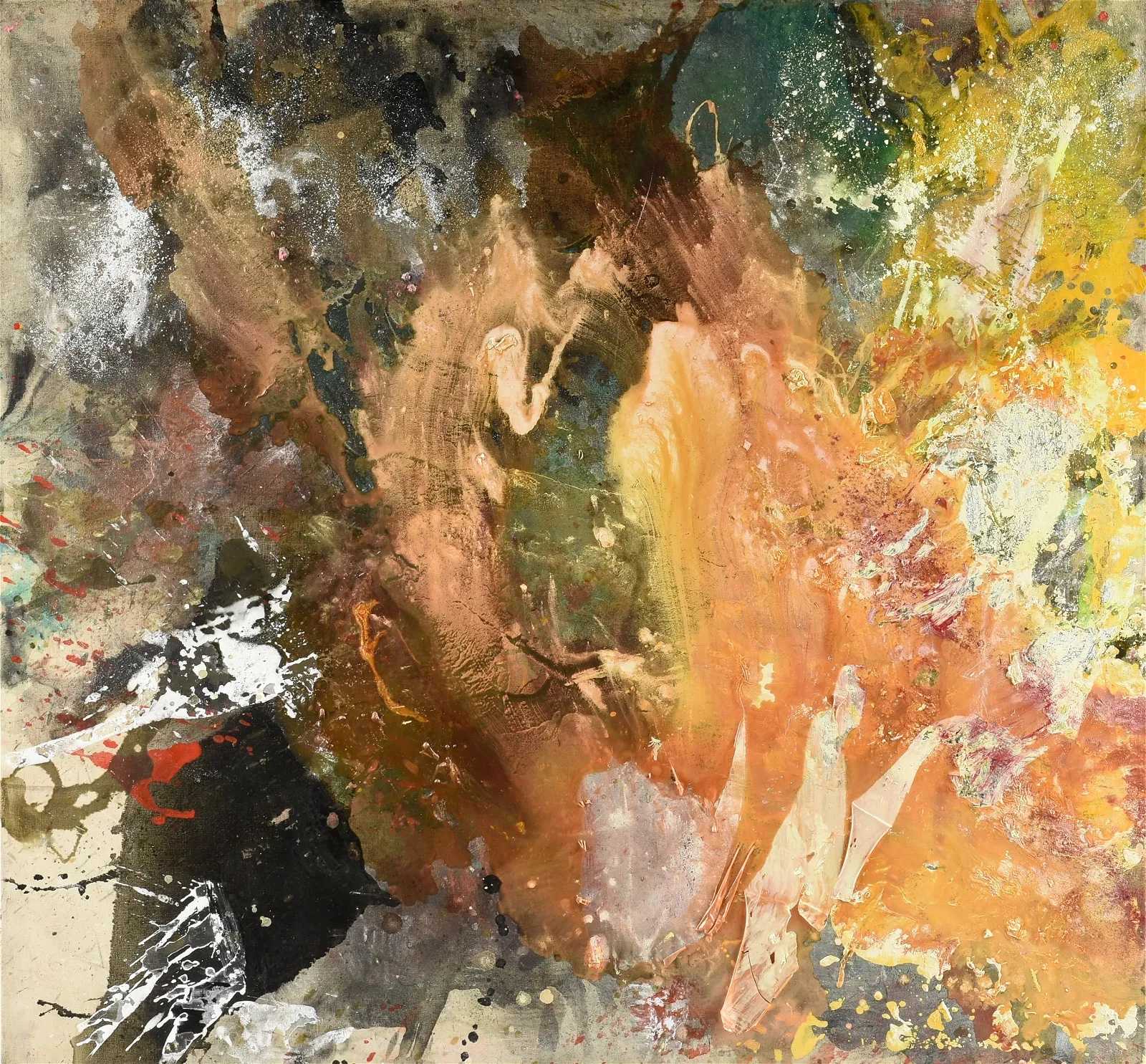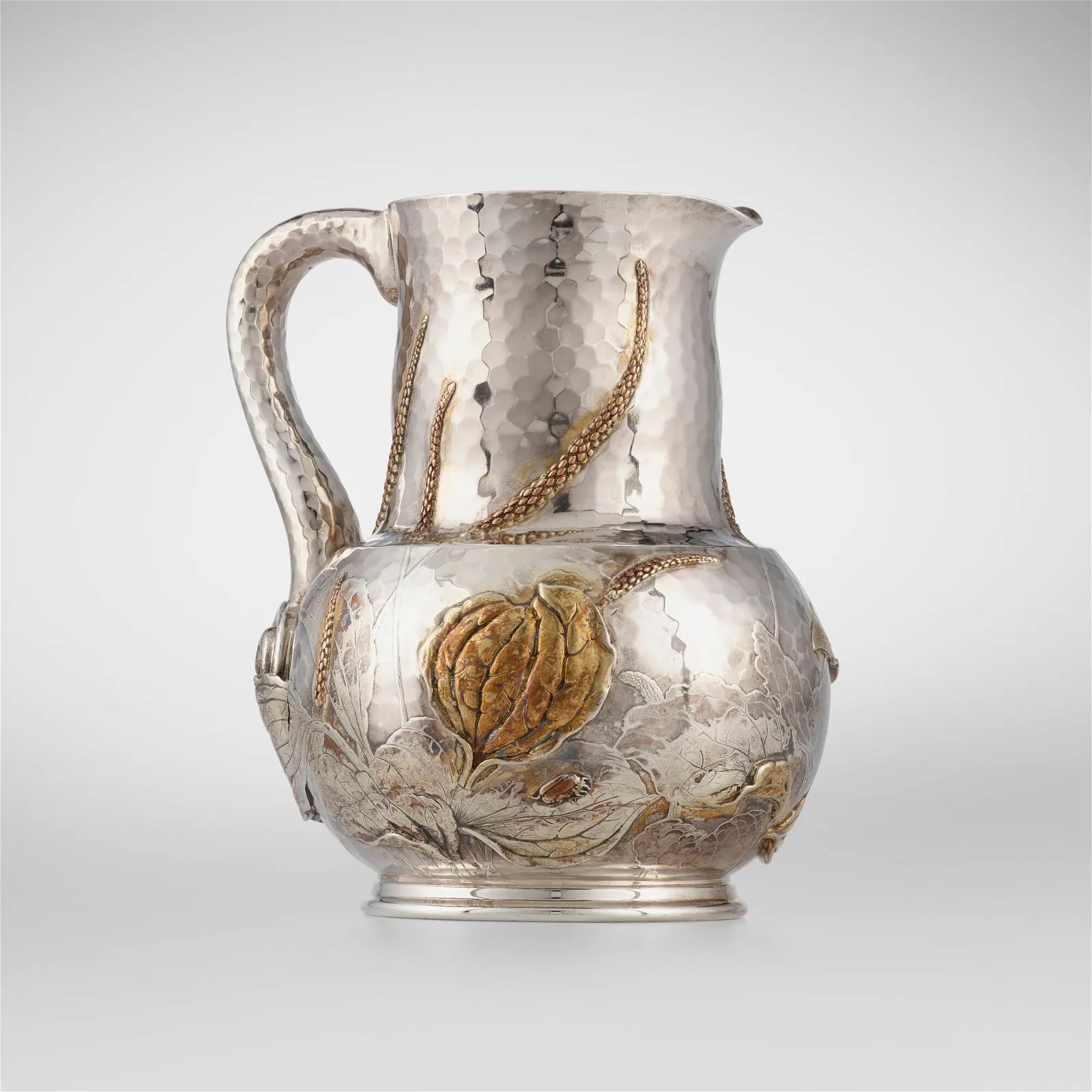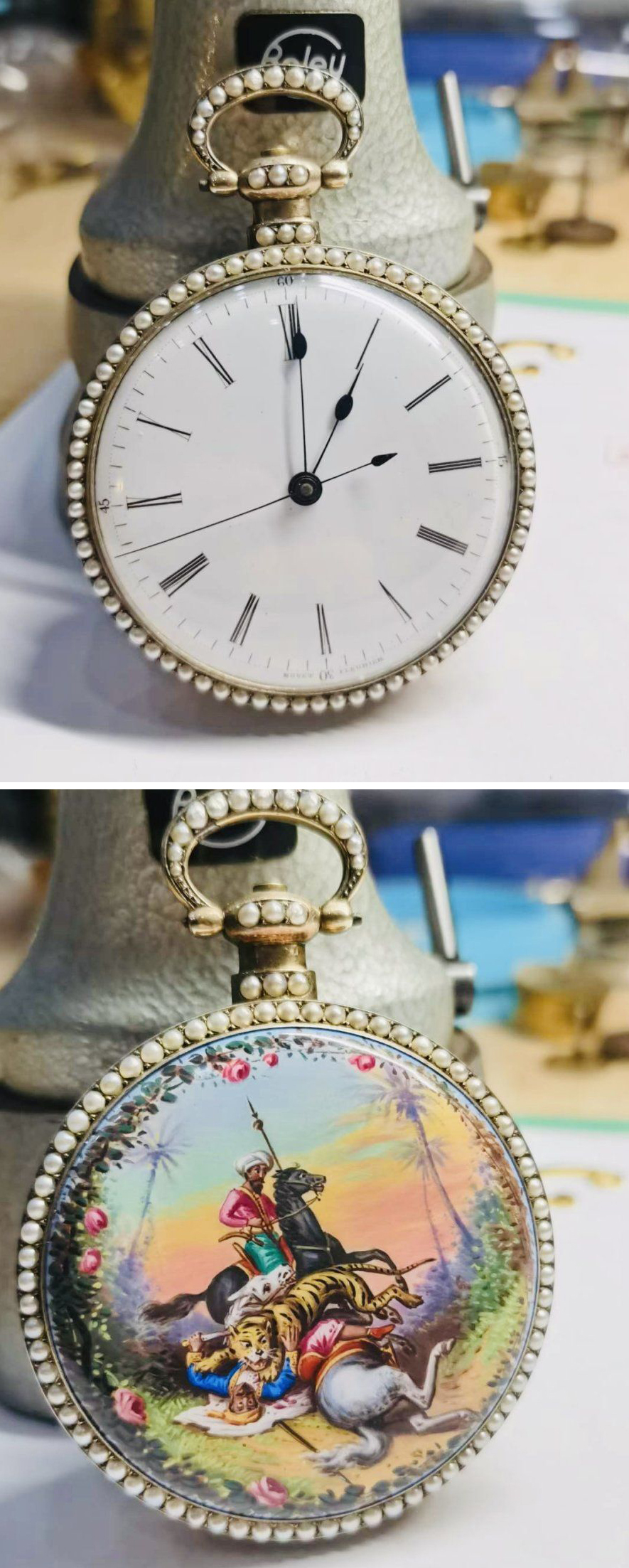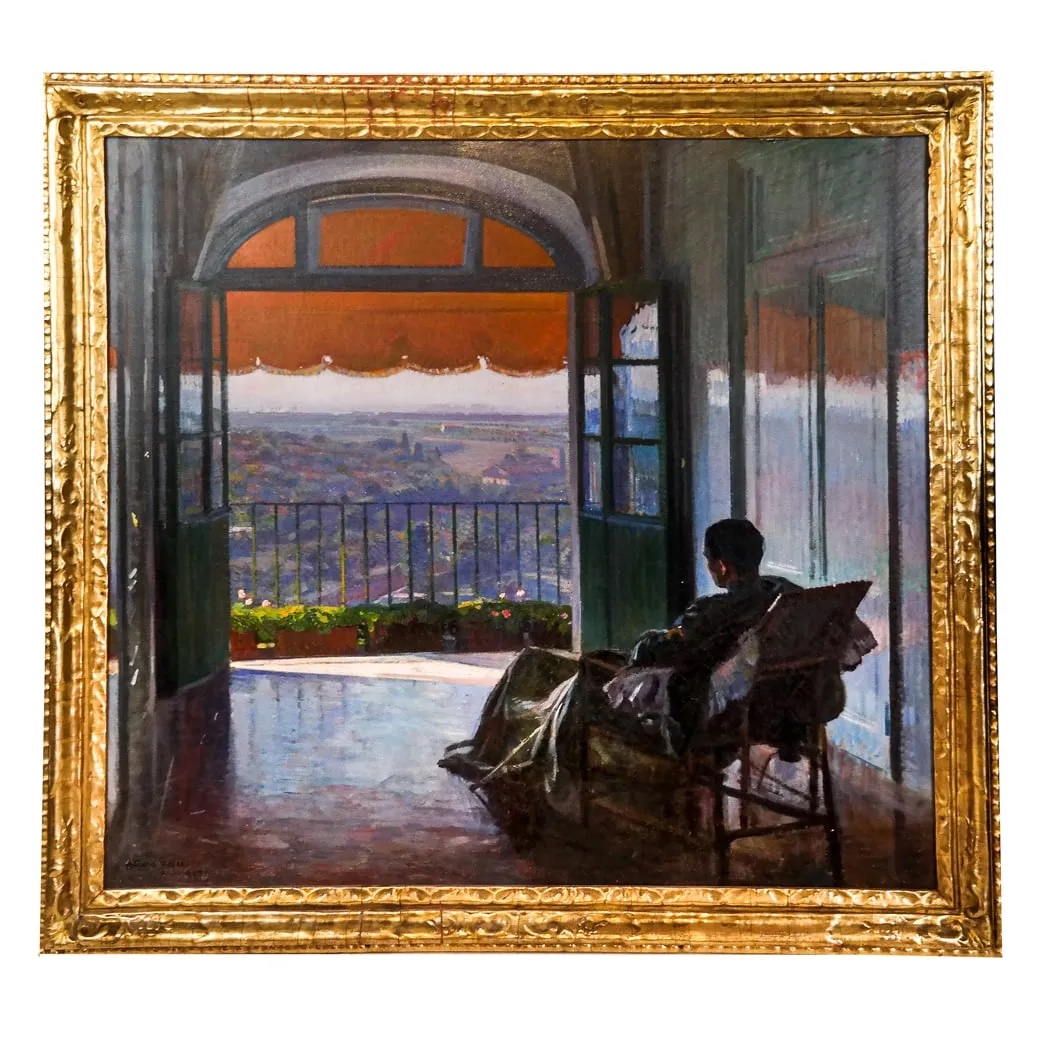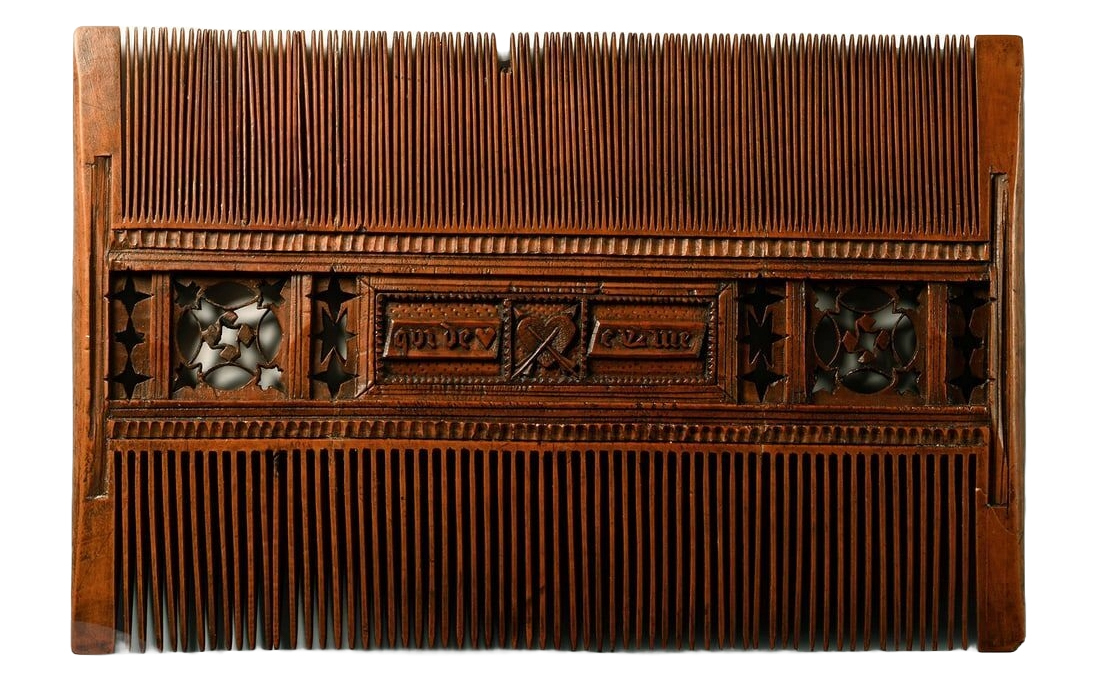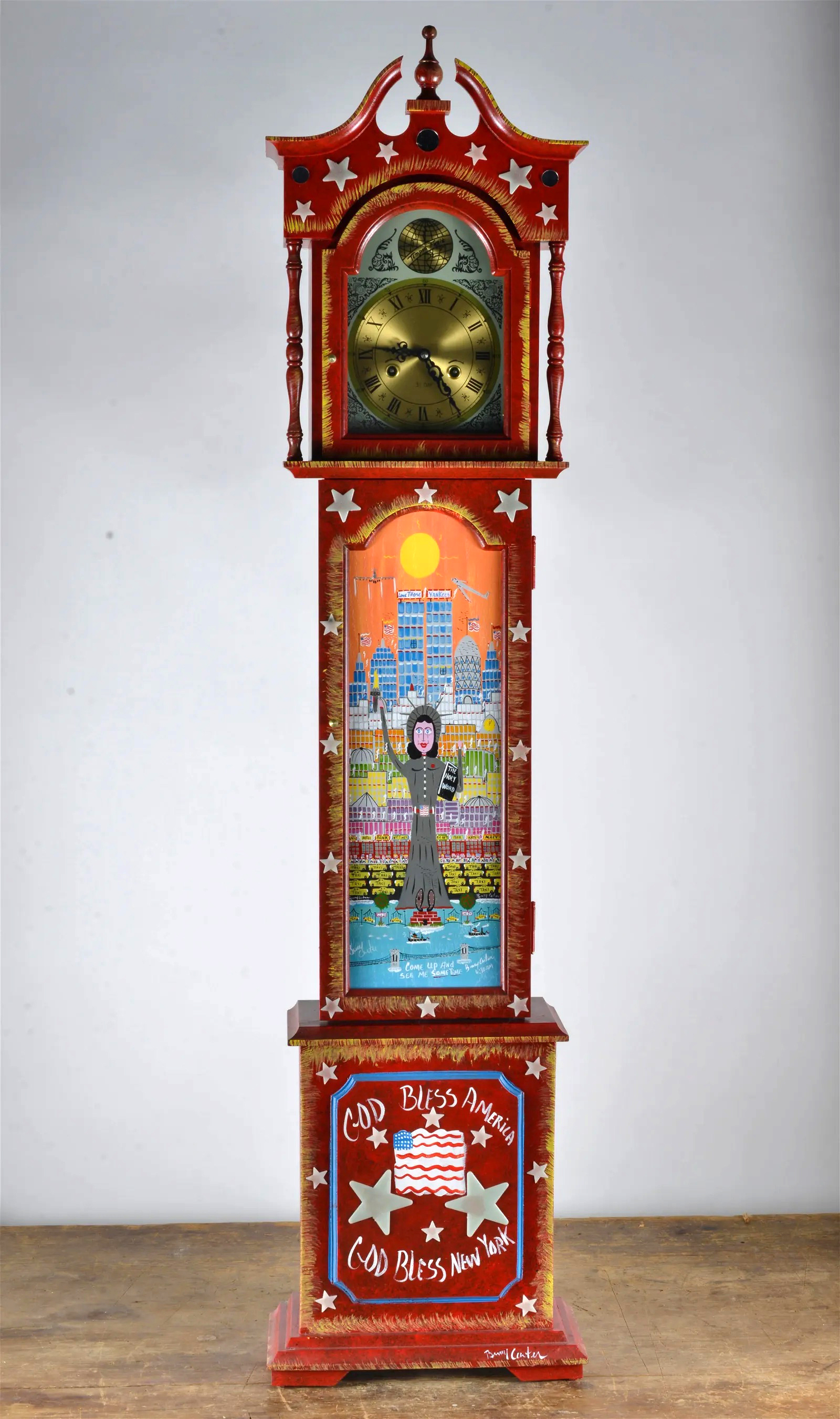MIDDLEBORO, MA – Relics from the dawn of the electromagnetic telephone created a sensation when they appeared for sale in Plymouth County, Massachusetts earlier this week. The collection of telephone apparatus dating from the pioneering years of the late 1870s was offered at White’s Auctions on April 14 from the estate of a collector. Complete results of the sale can be found at LiveAuctioneers.
The story of the development of the electric telephone is famously complicated. Antonio Meucci, Charles Bourseul, and Elisha Gray, among others, have all been credited with its invention. However, putting all the claims and counterclaims aside, it was the Scottish-born engineer Alexander Graham Bell (1847-1922) who had the ideas, the finance, and the business plan that proved commercially decisive.
Bell was granted his US patent for a device using a liquid transmitter and an electromagnetic receiver in March 1876. What he unveiled in June the same year at the Philadelphia Centennial Exposition was the prototype for the very first commercial units — the pair of Bell Telephone Company ‘coffin-form’ transmitters offered by White’s with an estimate of $500-$1,000. They were hammered down to an online bidder using LiveAuctioneers for $36,000 ($45,720 with buyer’s premium).
Stamped to the 10in walnut cases with patent dates for March 1876 and January 1877, these wall-mounted instruments predate the invention of the switchboard by about a year (the first was installed in New Haven, Connecticut in January 1878). Instead, they operated in pairs, united by a single wire for the sending and receiving of audio. Notably, they have just one opening for sound – the user listened and spoke into the same camera-like hole – and signaling a call required a blast of a whistle into the transmitter.
The solution to ensuring the user at the other end picked up was to install a second wire and a bell. Sold at $35,000 ($44,450 with buyer’s premium) against the same estimate of $500-$1,000 was an 1879 wall-mounted brass and walnut bell stamped for both the Bell Telephone Company and the maker, Charles Williams Jr. He is an important figure in this narrative. A manufacturer of electrical telegraph instruments, it was in the attic of Williams’ shop at 109 Court Street in Boston on June 2, 1875 that Bell and his assistant Thomas Augustus Watson had first successfully transmitted sound via electromagnetism. When in 1877 Williams connected his home to his workplace using Bell’s device, he enjoyed the world’s first permanent residential telephone service.
From 1877 to the spring of 1879, the Bell Company relied exclusively on Williams to make the apparatus it leased to its customers. By 1880, the factory was producing 1,000 telephones per week (which was still not enough to cope with demand) and Williams had registered a series of patents of his own as the competition and pace of development quickened.
Offered at White’s was a deluxe Williams instrument in an Eastlake-style case that incorporates into a single wall-mounted unit a bell, a hand-cranked magneto (for generating a ringing voltage in a distant instrument), a hand receiver, a switch hook, and a transmitter. Dating to circa 1880, it, too, sold to a LiveAuctioneers bidder at $35,000 ($44,450 with buyer’s premium).
Remarkably from these small beginnings, only a decade later more than 150,000 people in the US owned telephones. Standard commercial apparatus from the 1880s survives in much greater numbers, although the search for better ways of transmitting the voice fired the development of increasingly sophisticated devices. In 1886 Bell patented an elegant 14in wood and brass phone that used a platinum diaphragm for better long-distance transmission. These are extremely rare, and the example offered at White’s, numbered 11319 for circa 1887, was in good condition. Estimated at $500-$1,000, it became the highest-priced lot in the sale when it hammered for $43,000 ($54,610 with buyer’s premium).
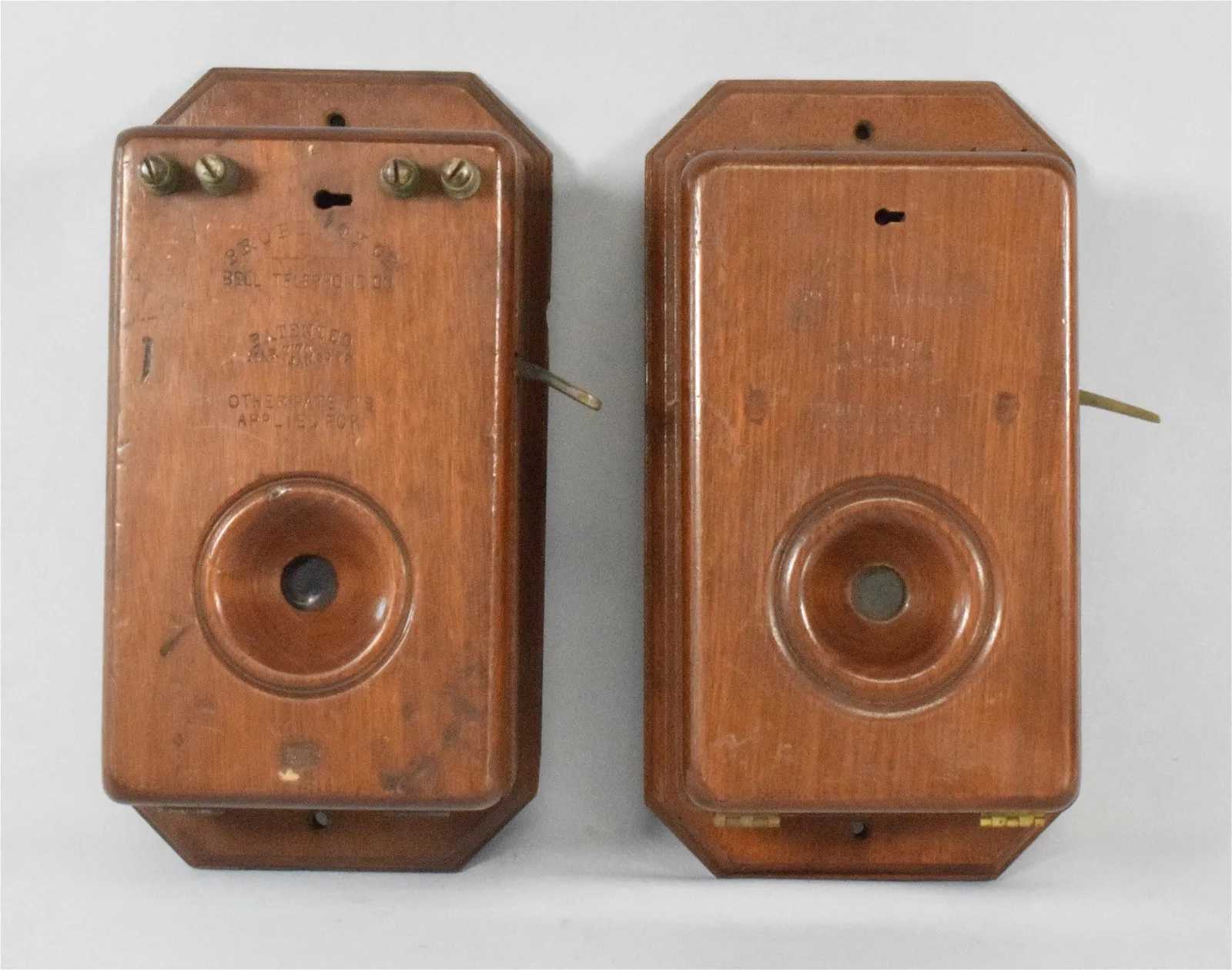
Bell Telephone Wooden Transmitters, which sold for $36,000 ($45,720 with buyer’s premium) at White's Auctions.
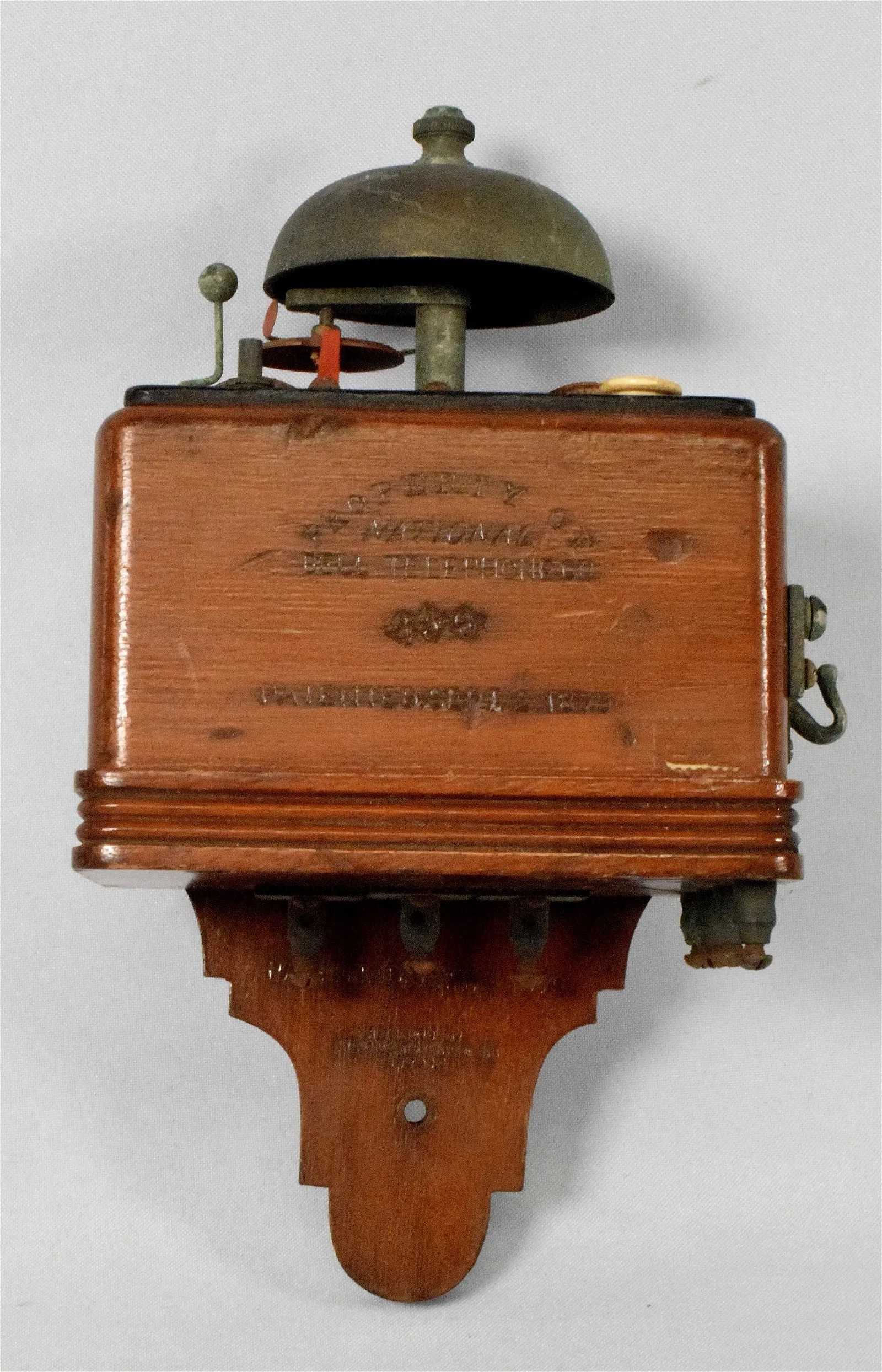
Charles Williams Bell Telephone, which sold for $35,000 ($44,450 with buyer’s premium) at White's Auctions.
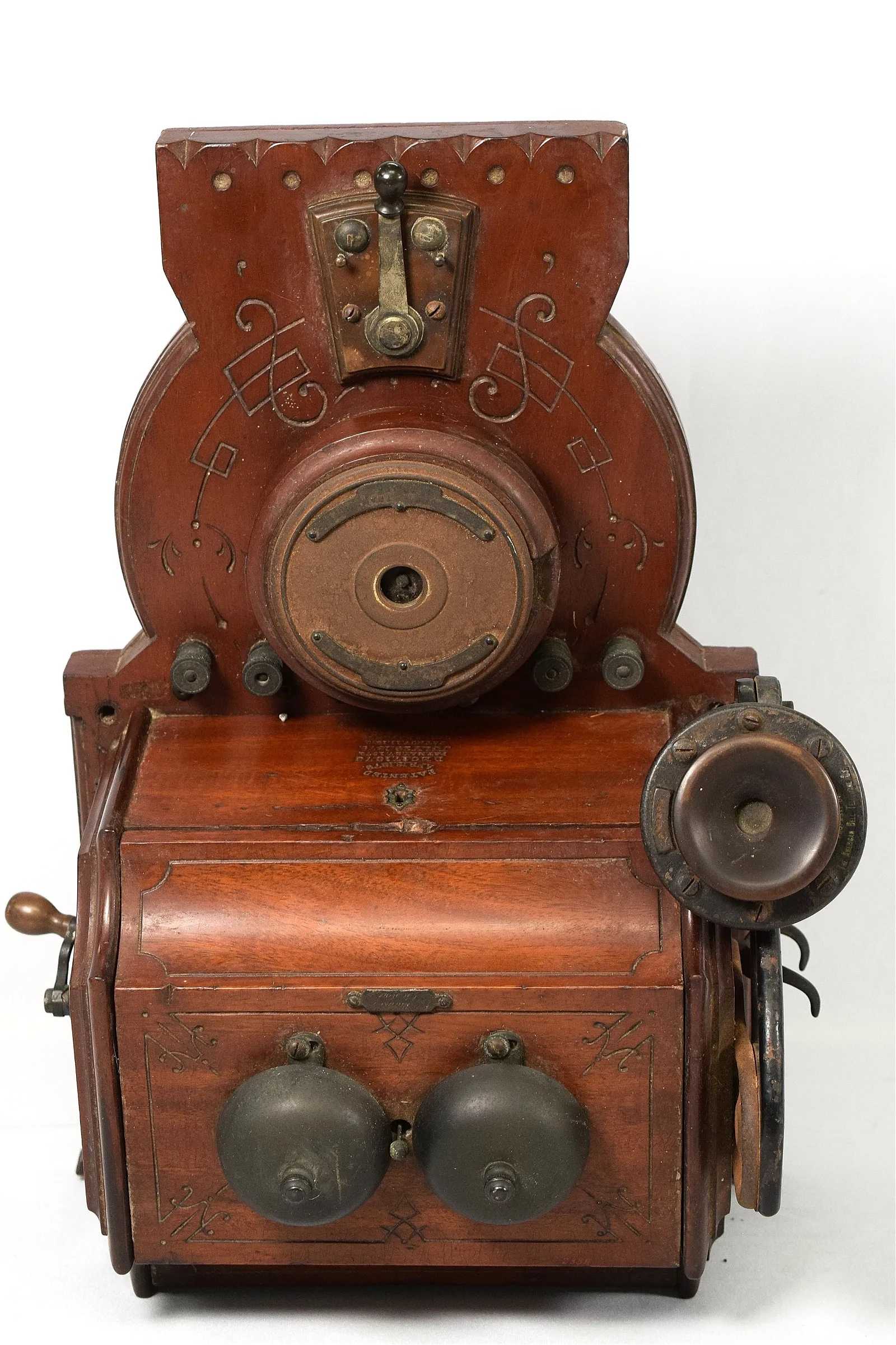
Charles Williams Telephone in Eastlake style, which sold for $35,000 ($44,450 with buyer’s premium) at White's Auctions.
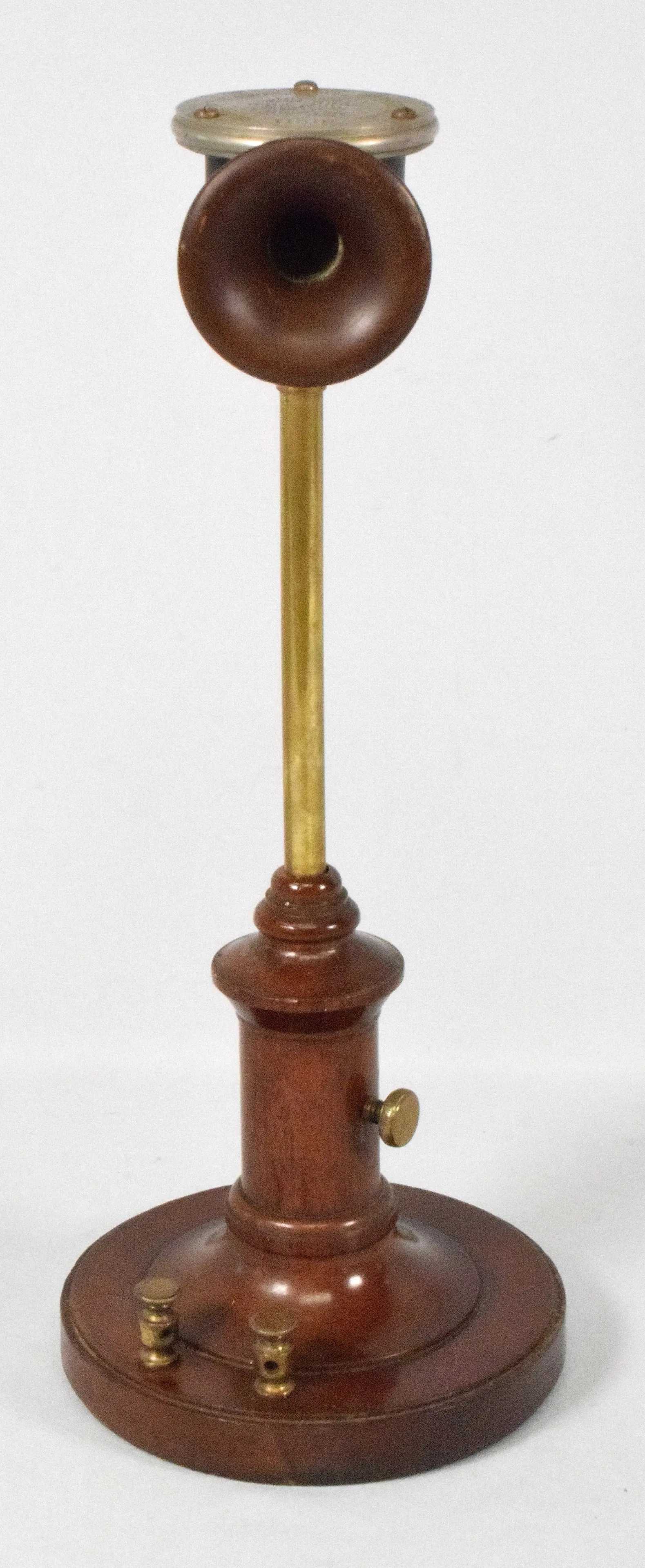
American Bell Long Distance Transmitter, which sold for $43,000 ($54,610 with buyer’s premium) at White's Auctions.


